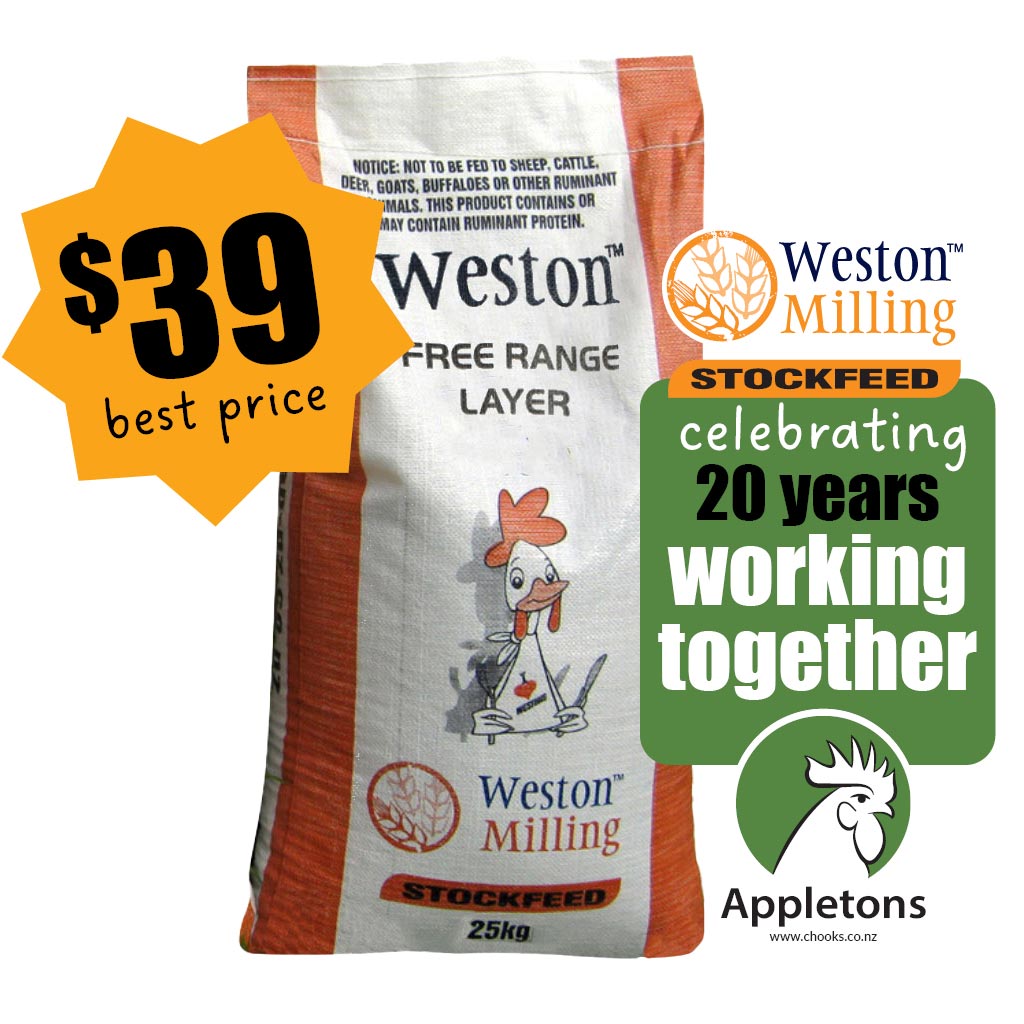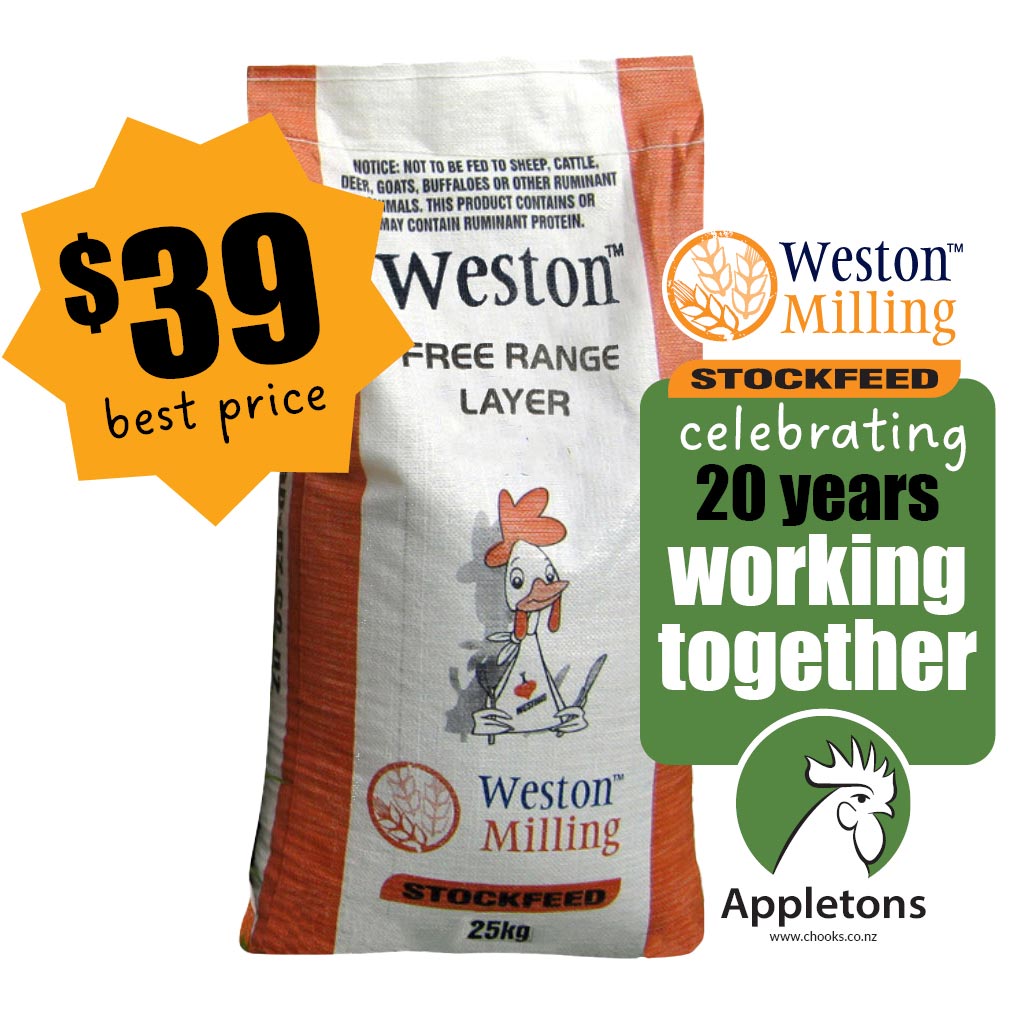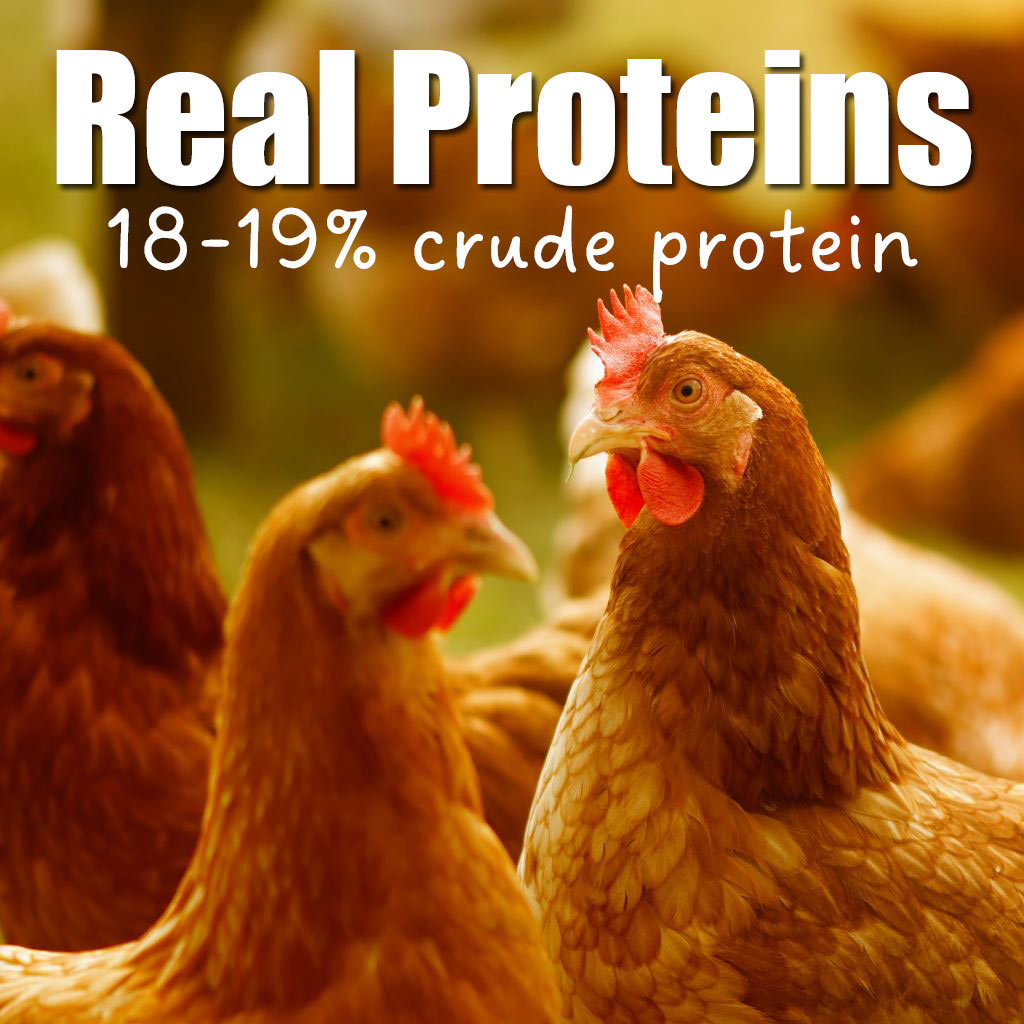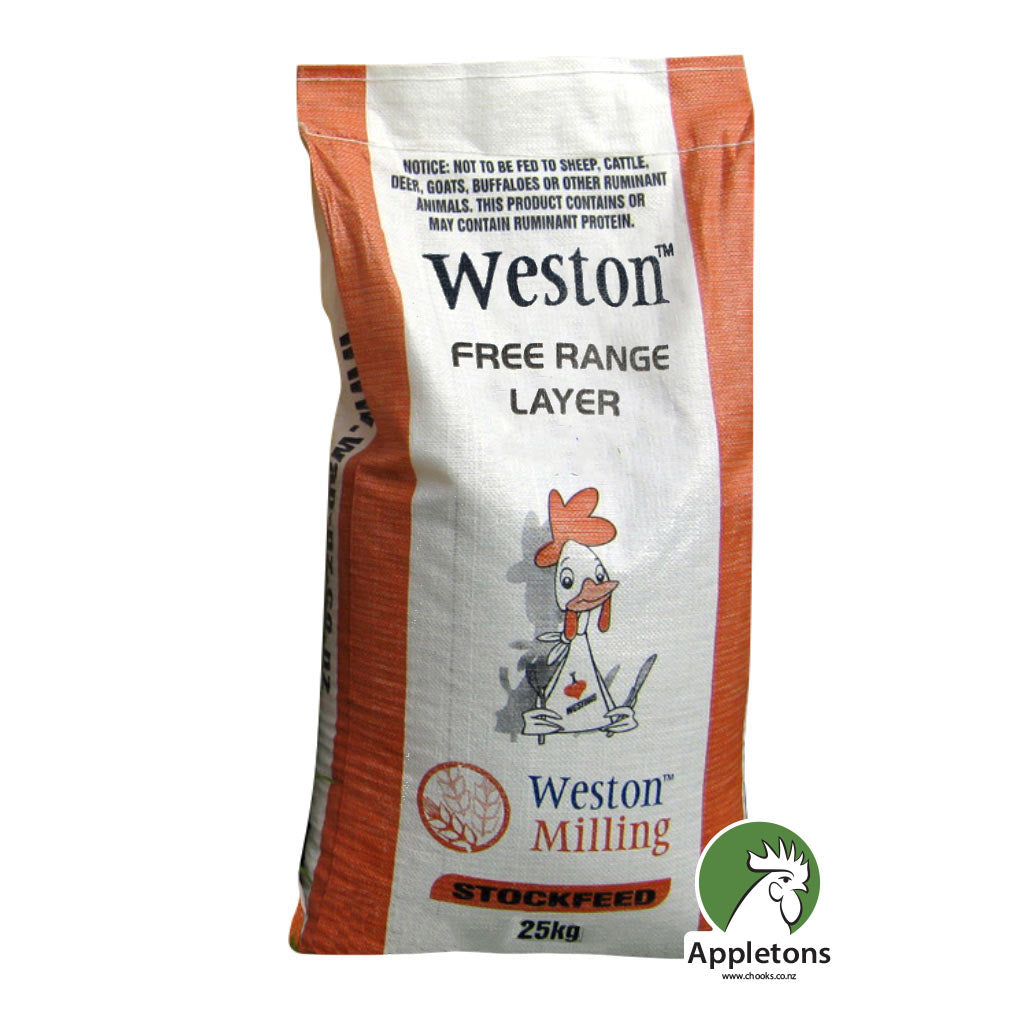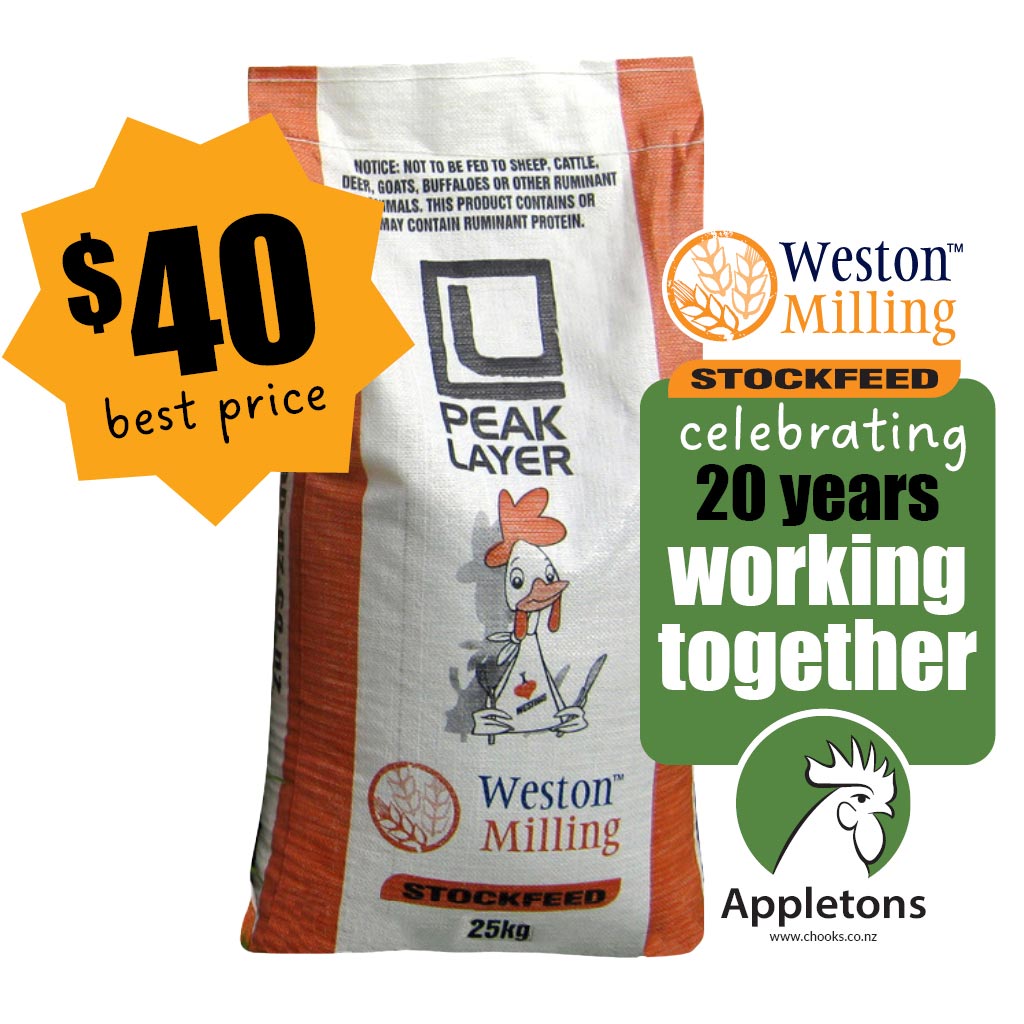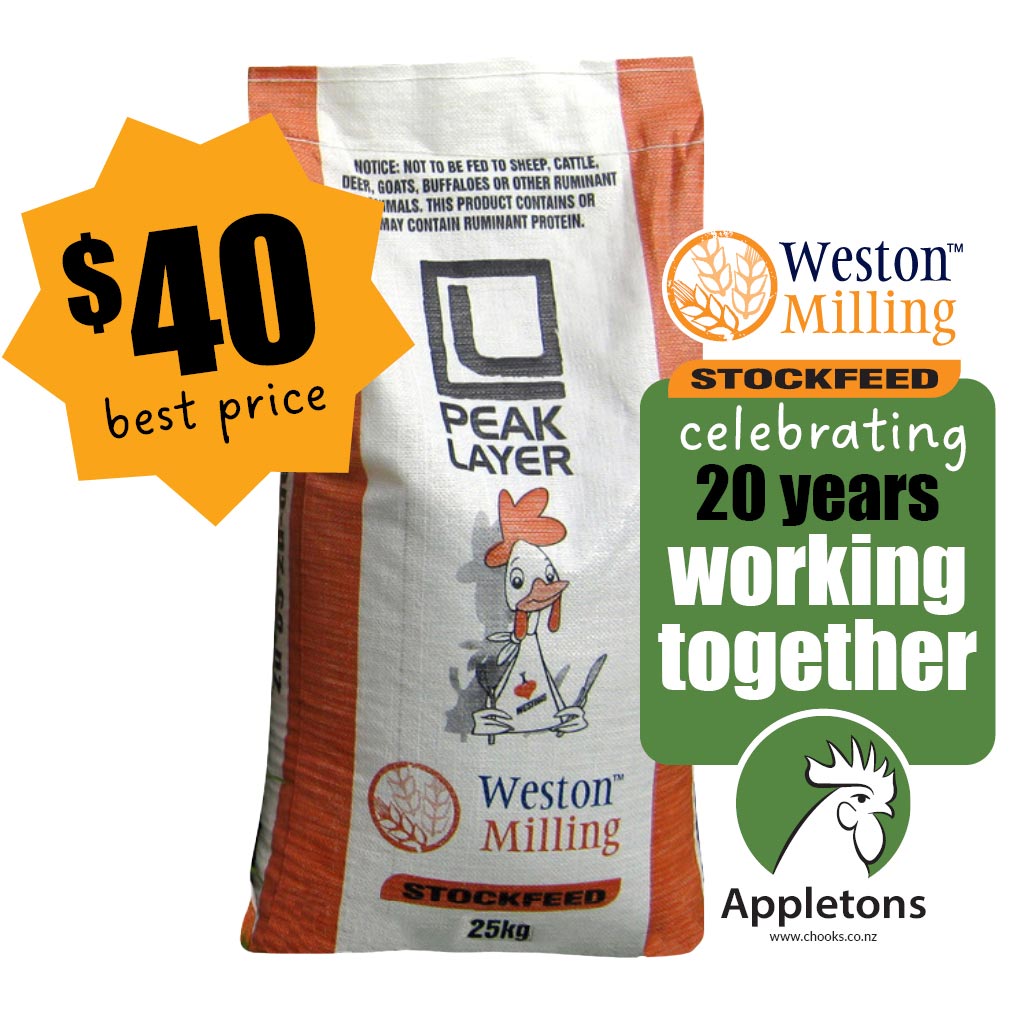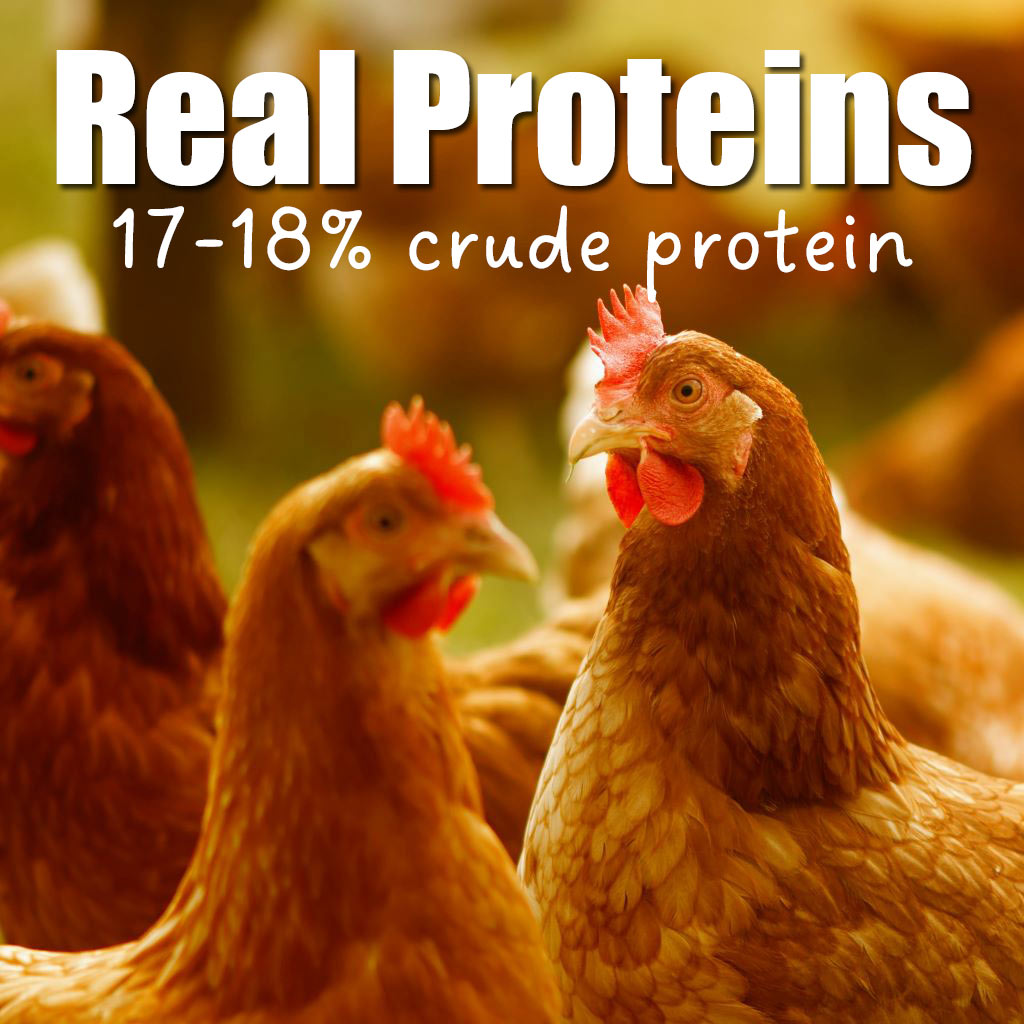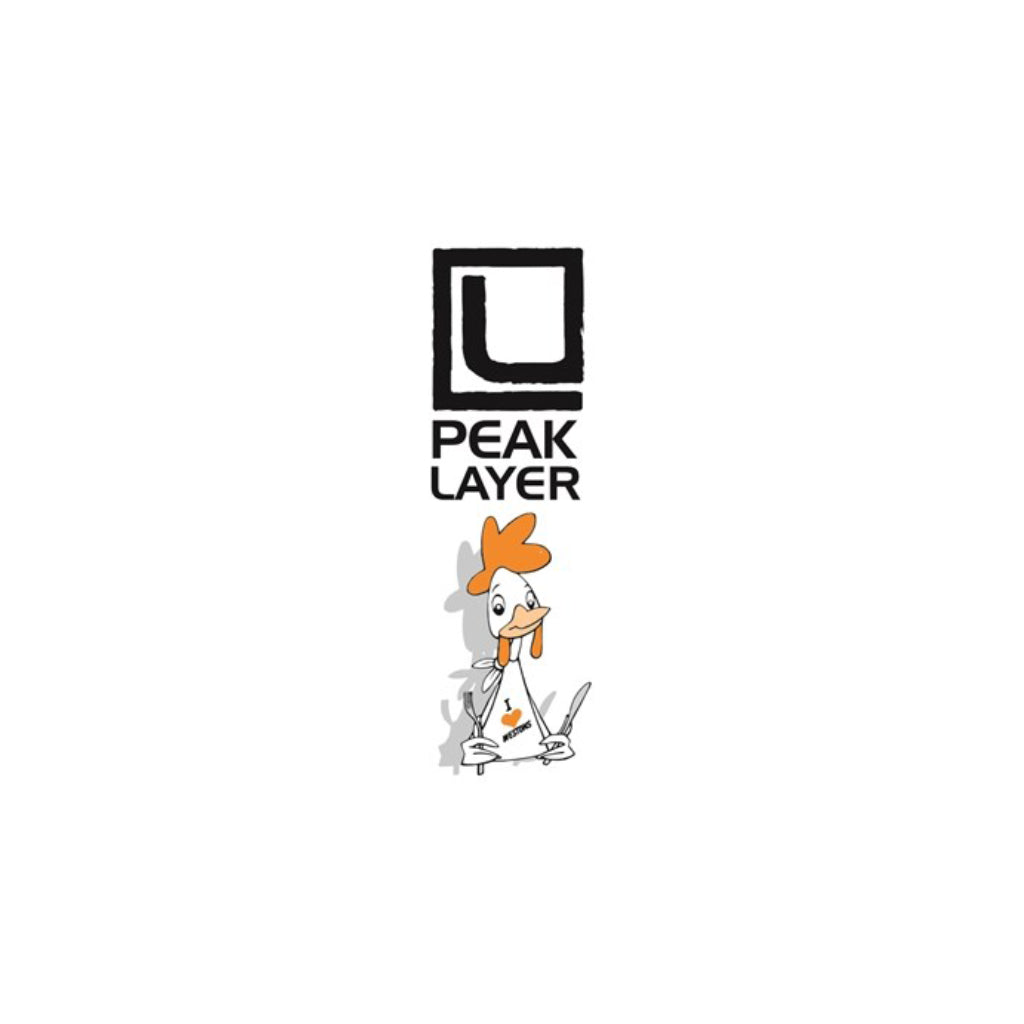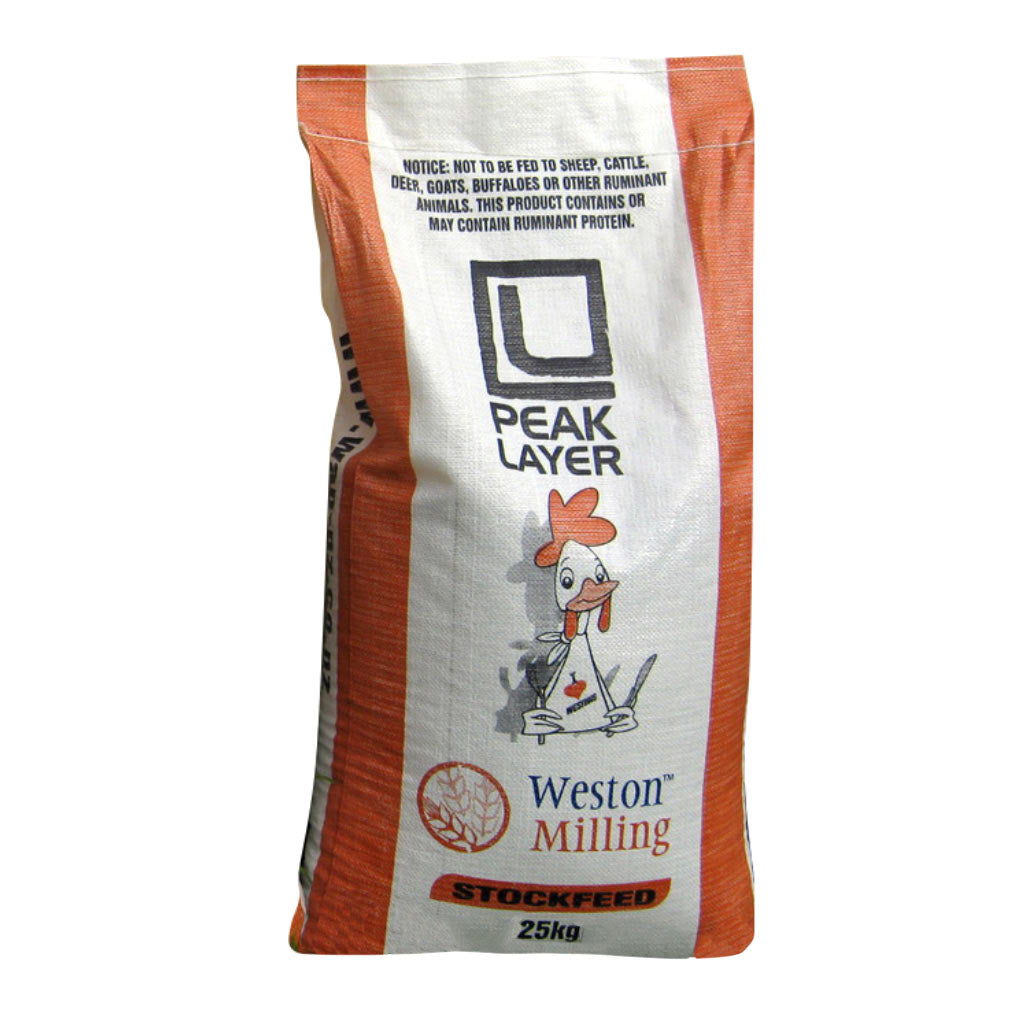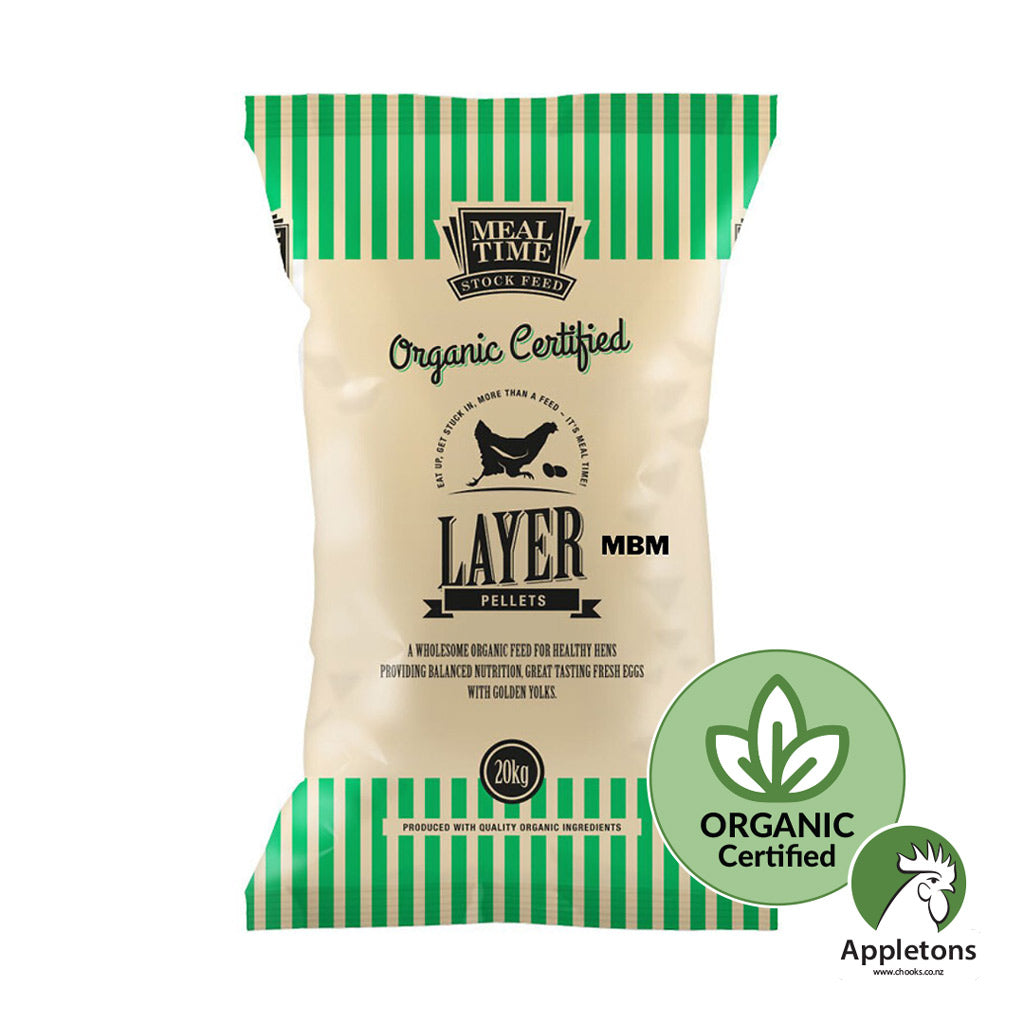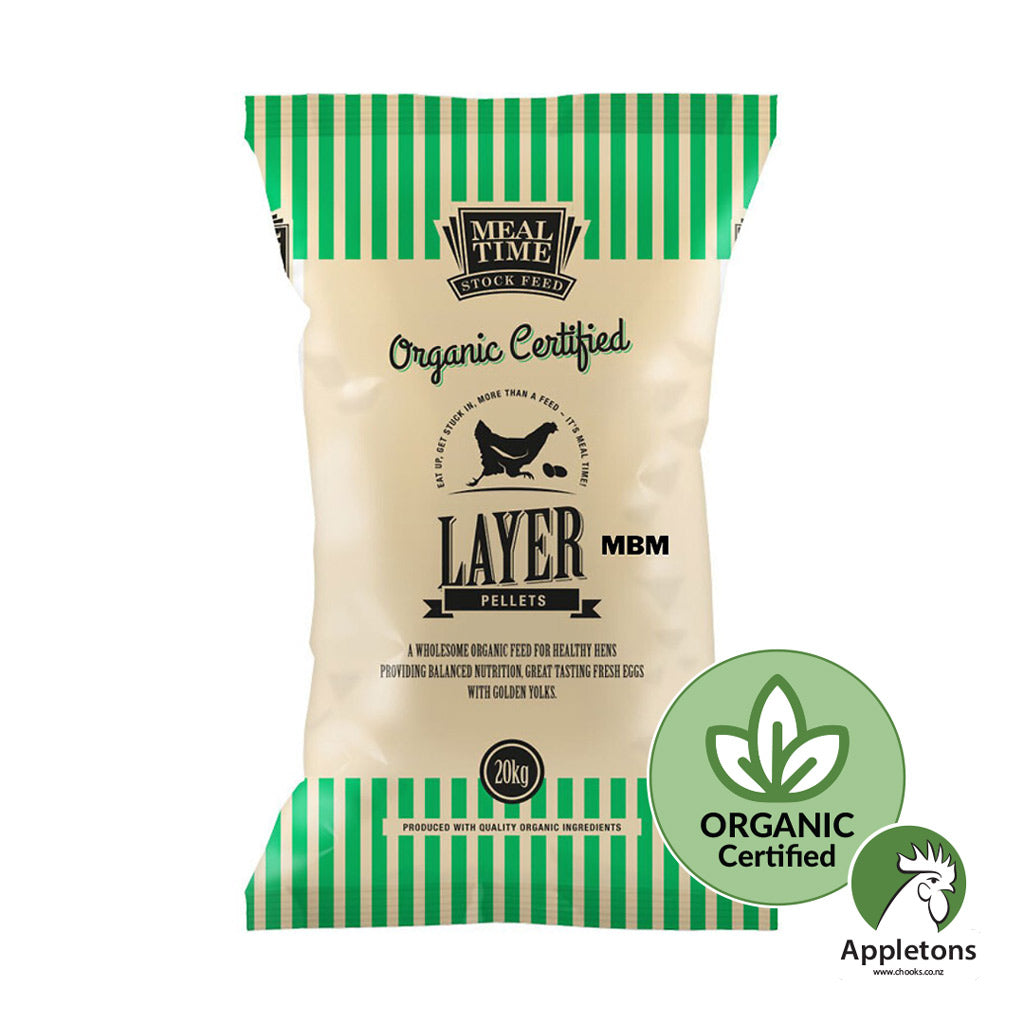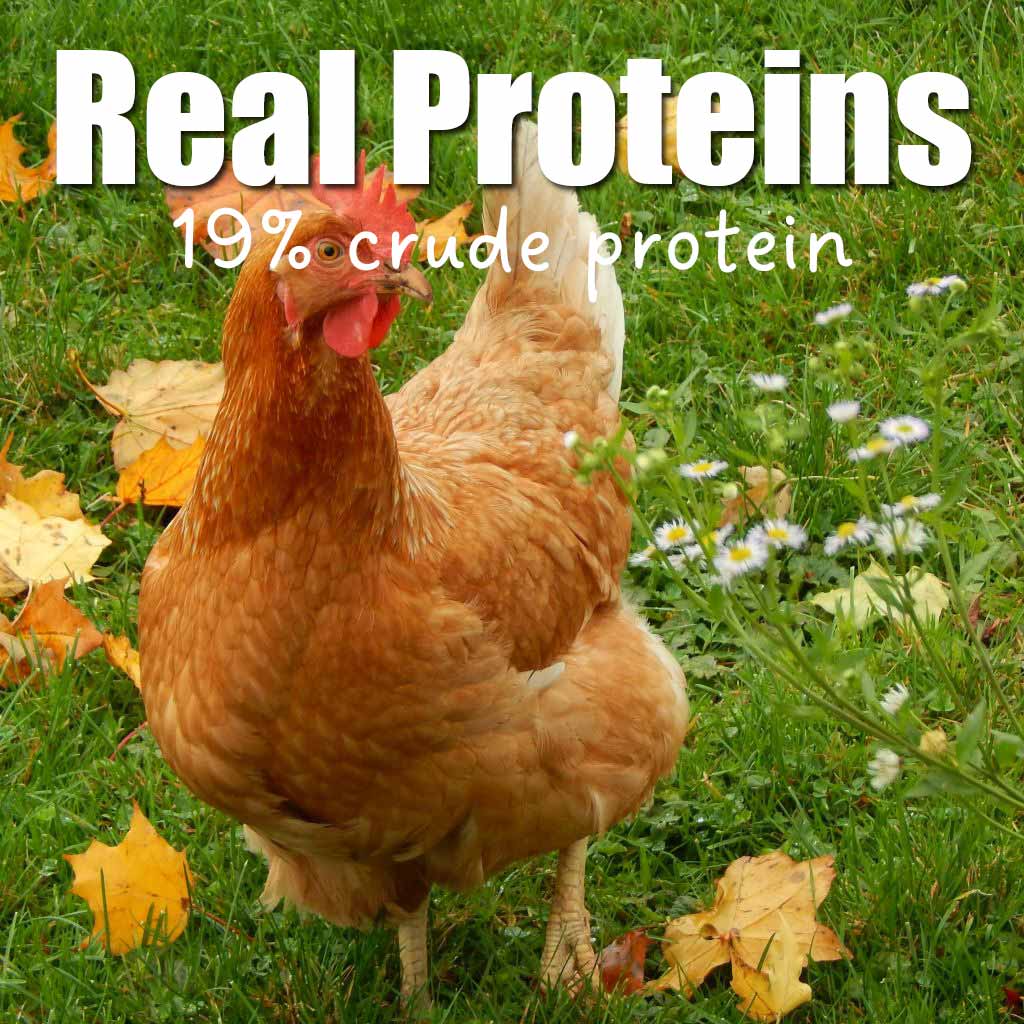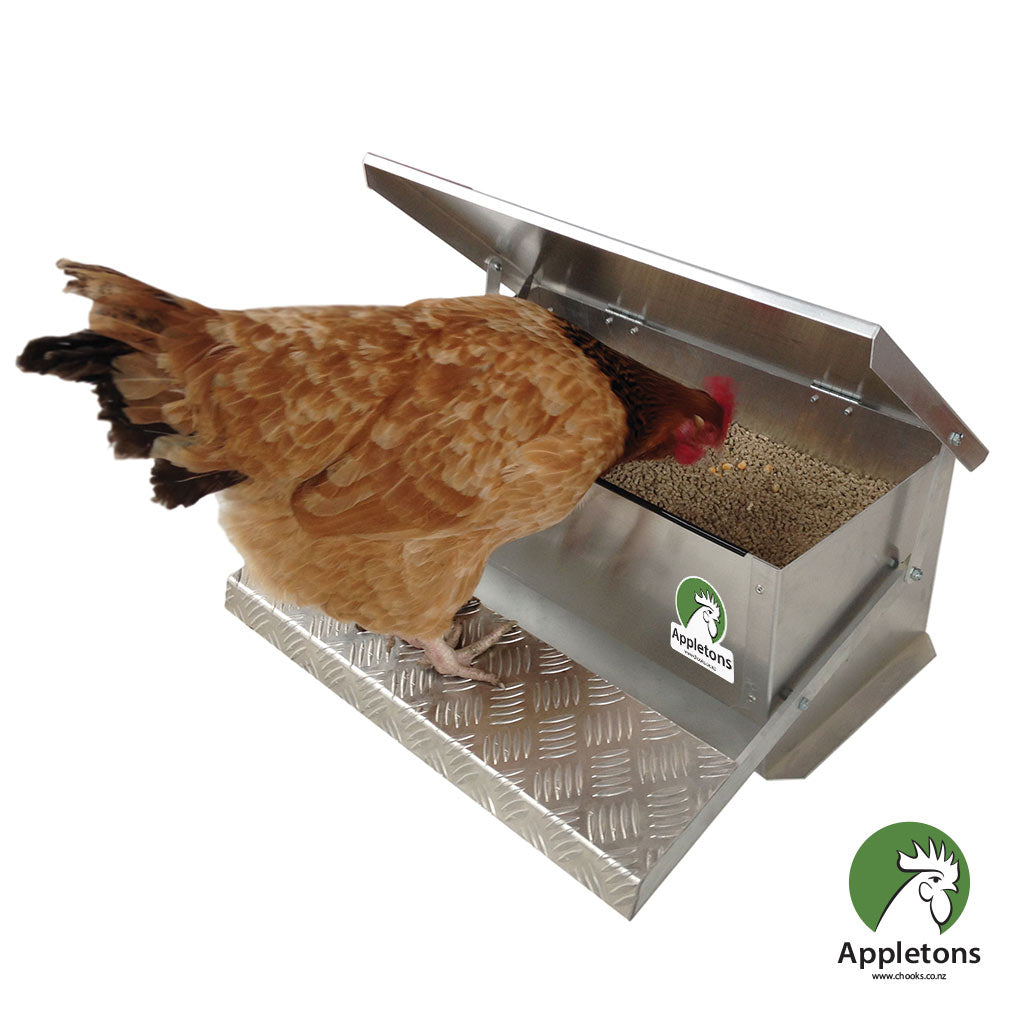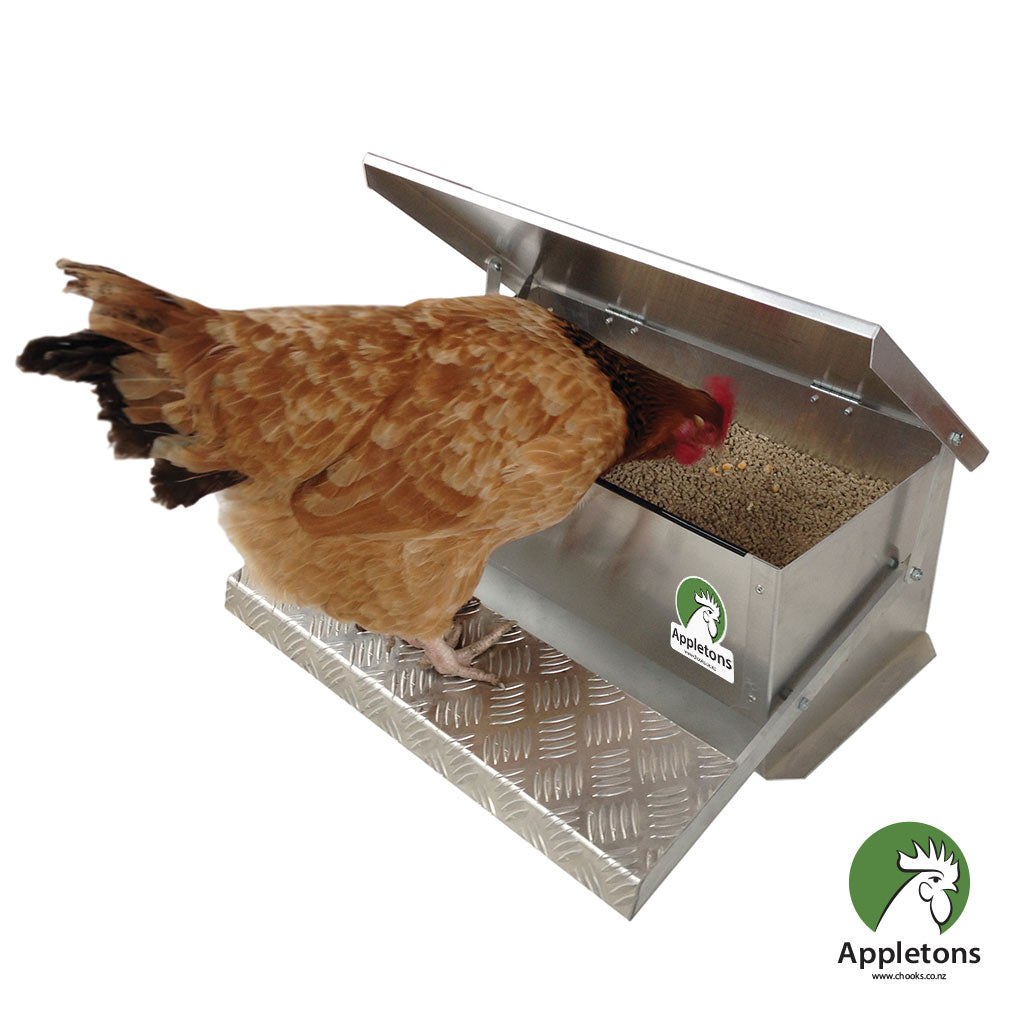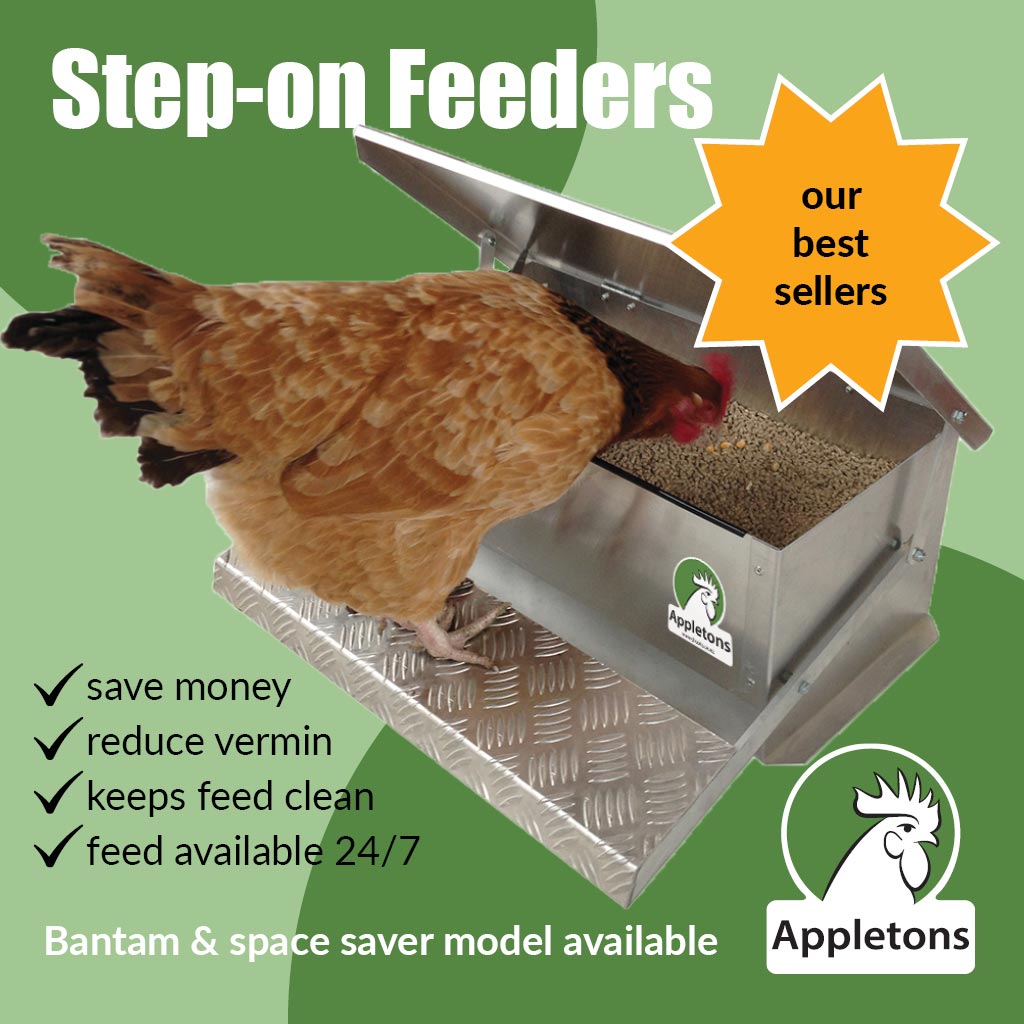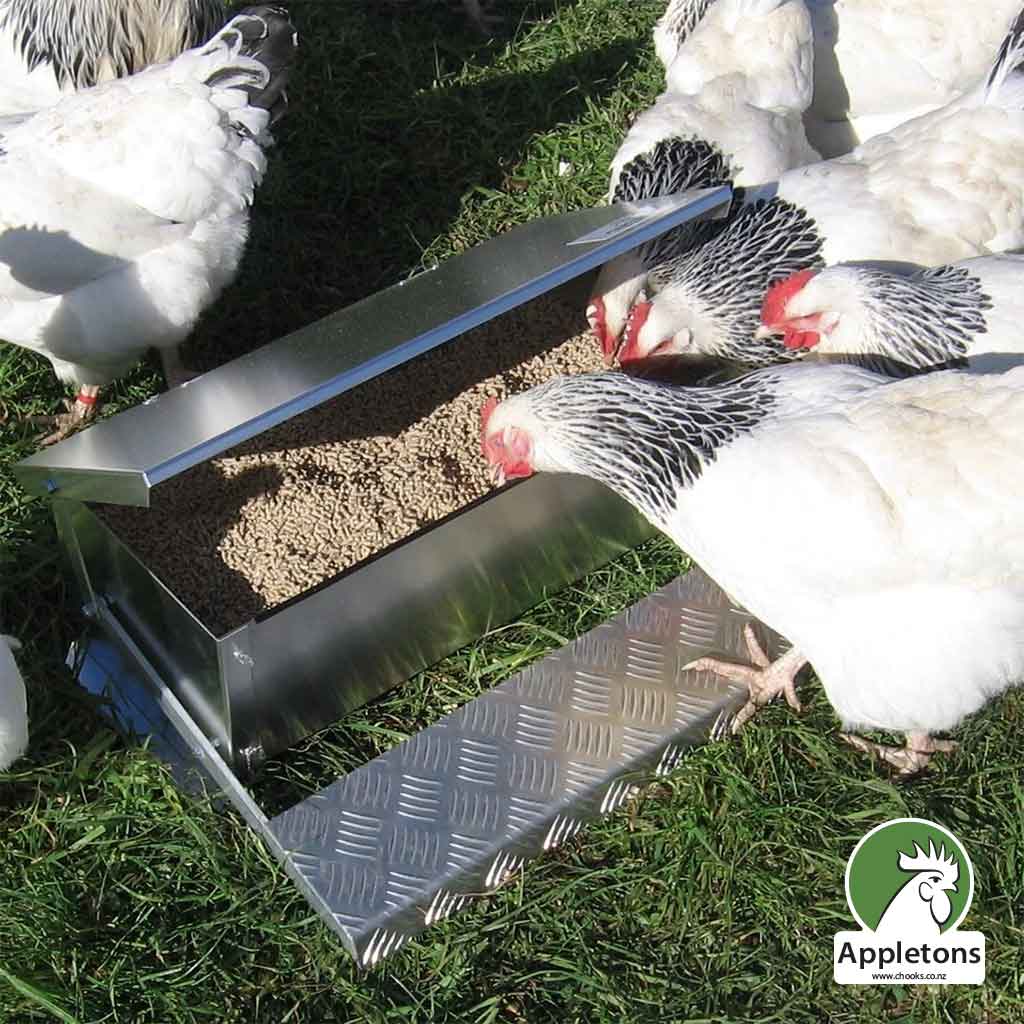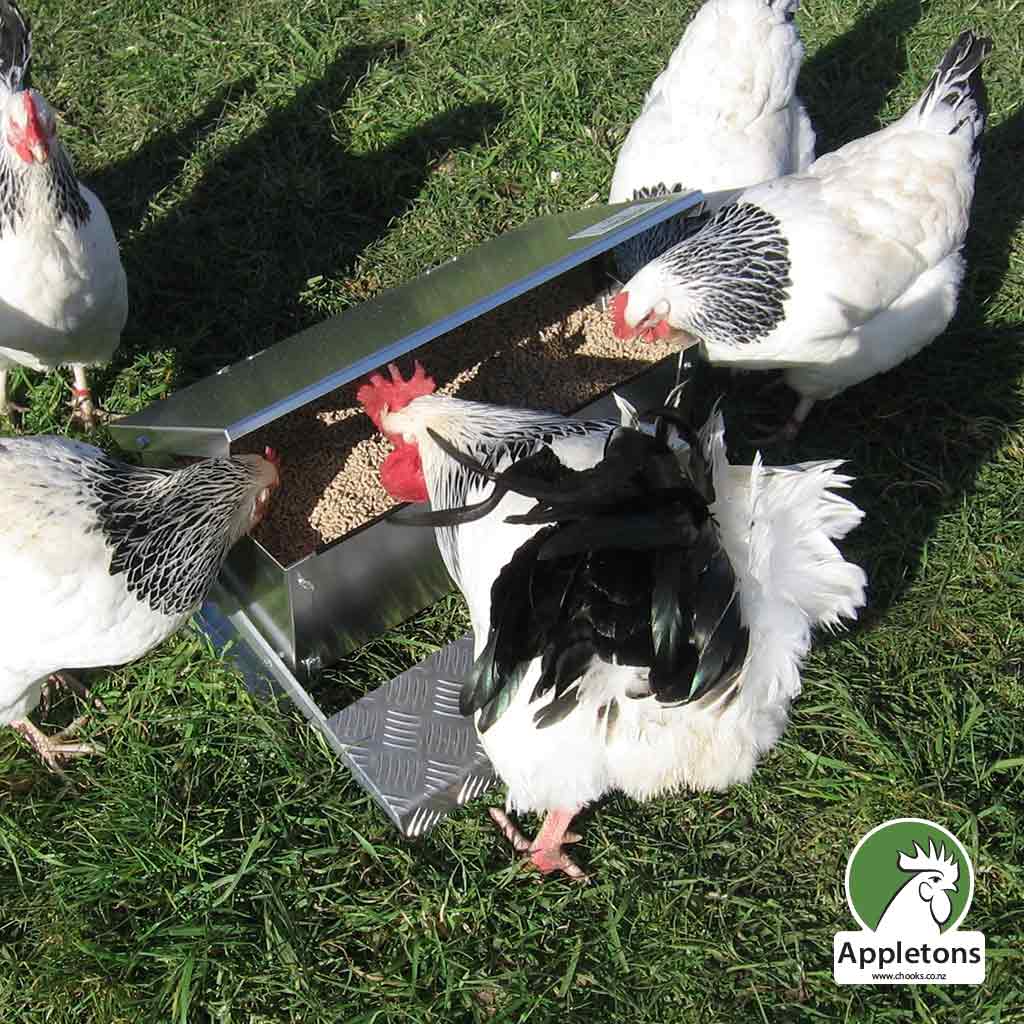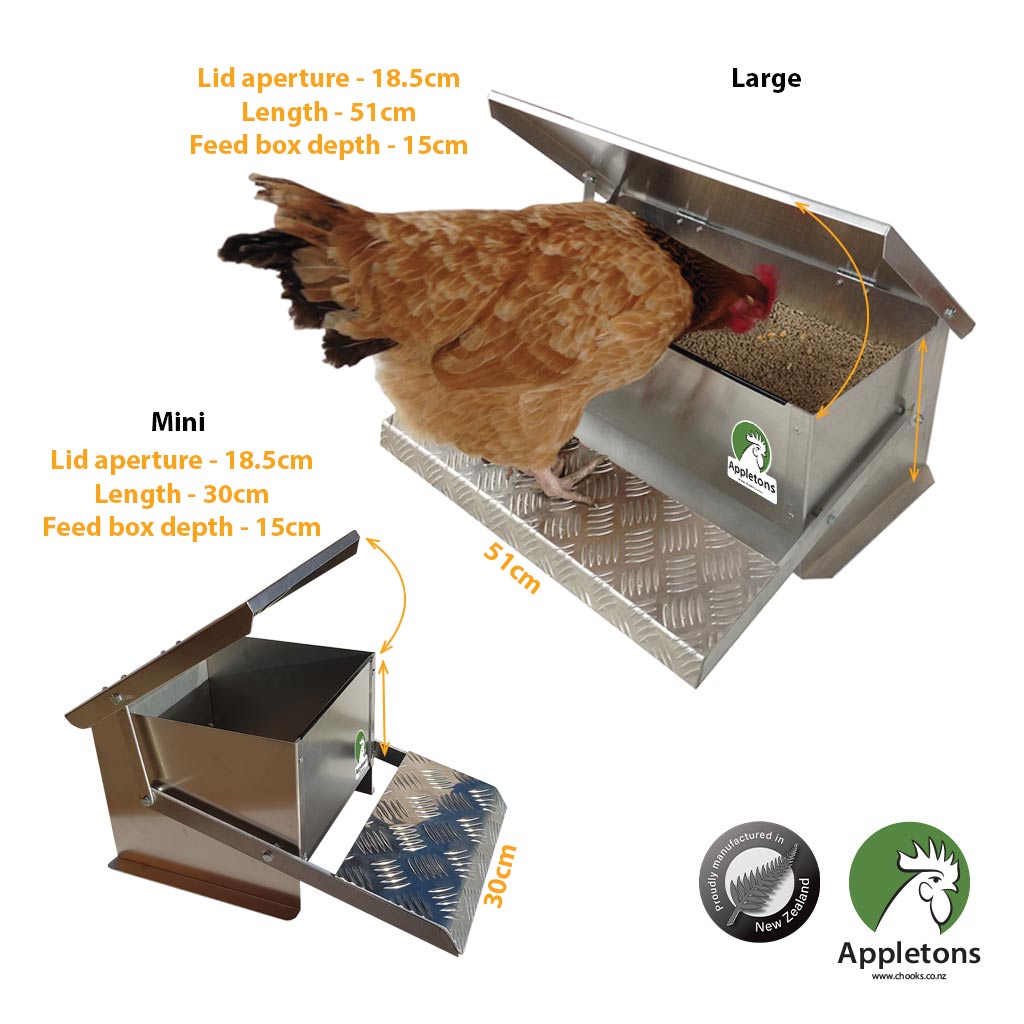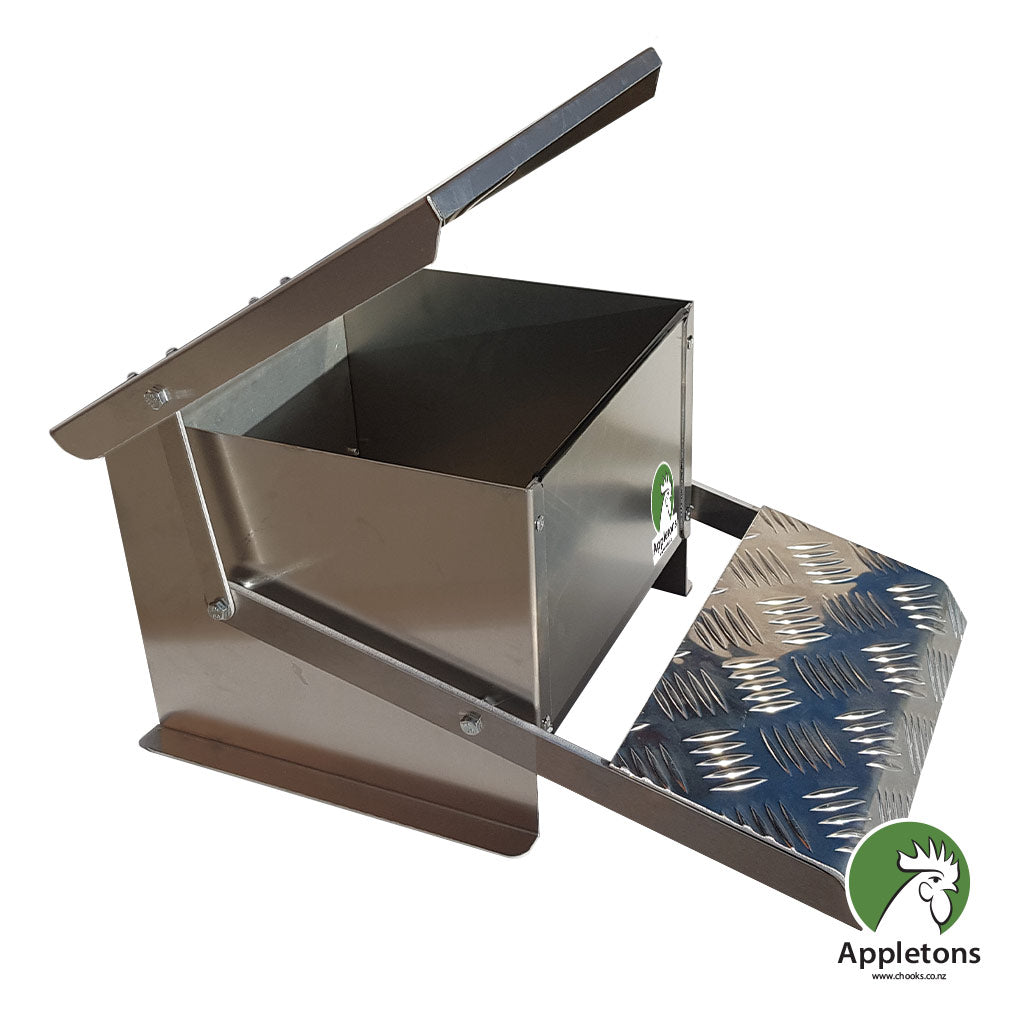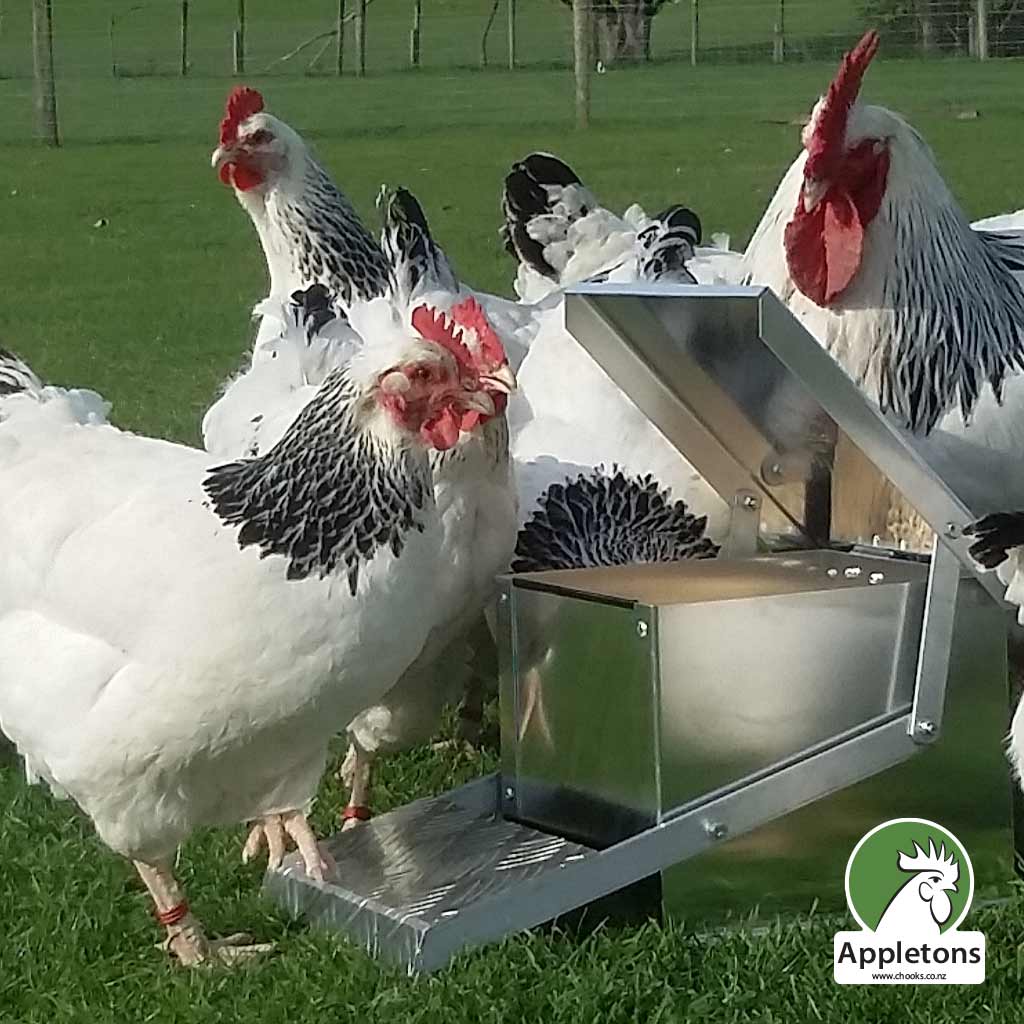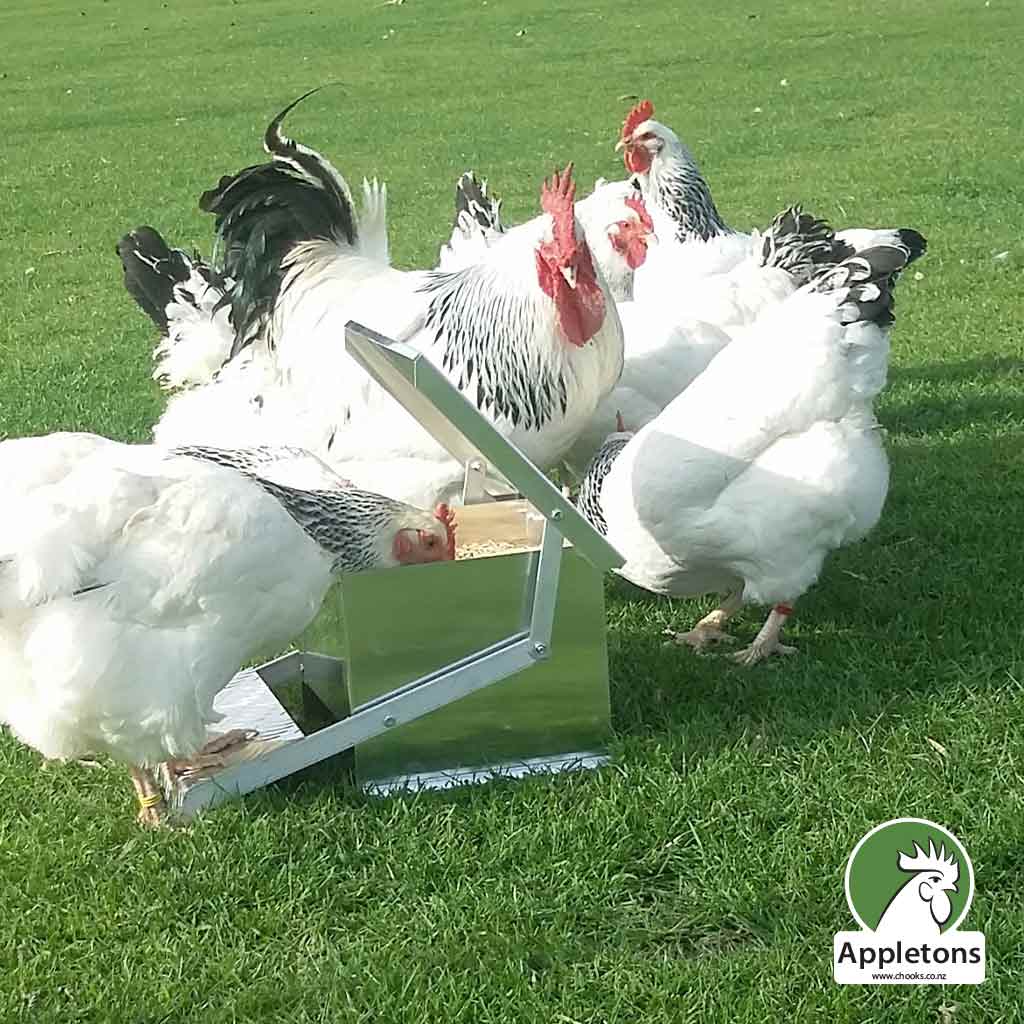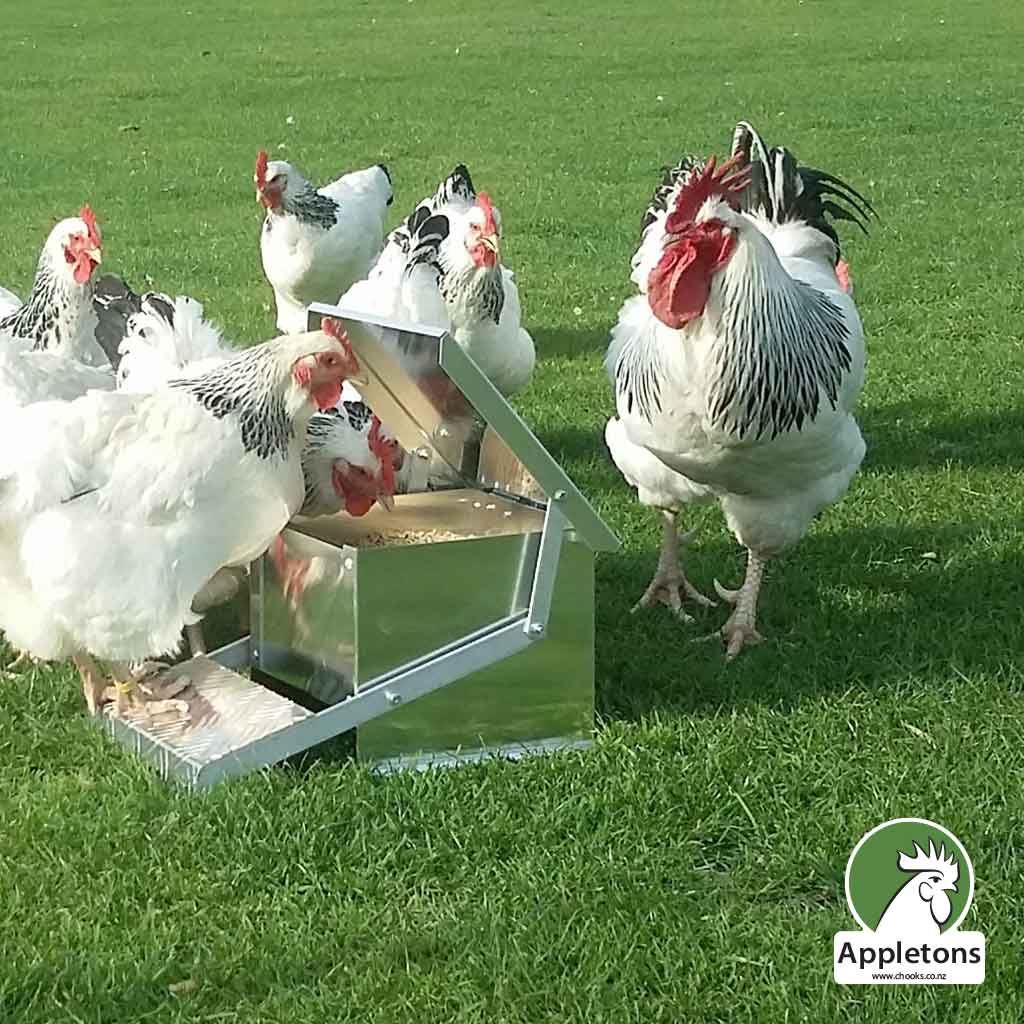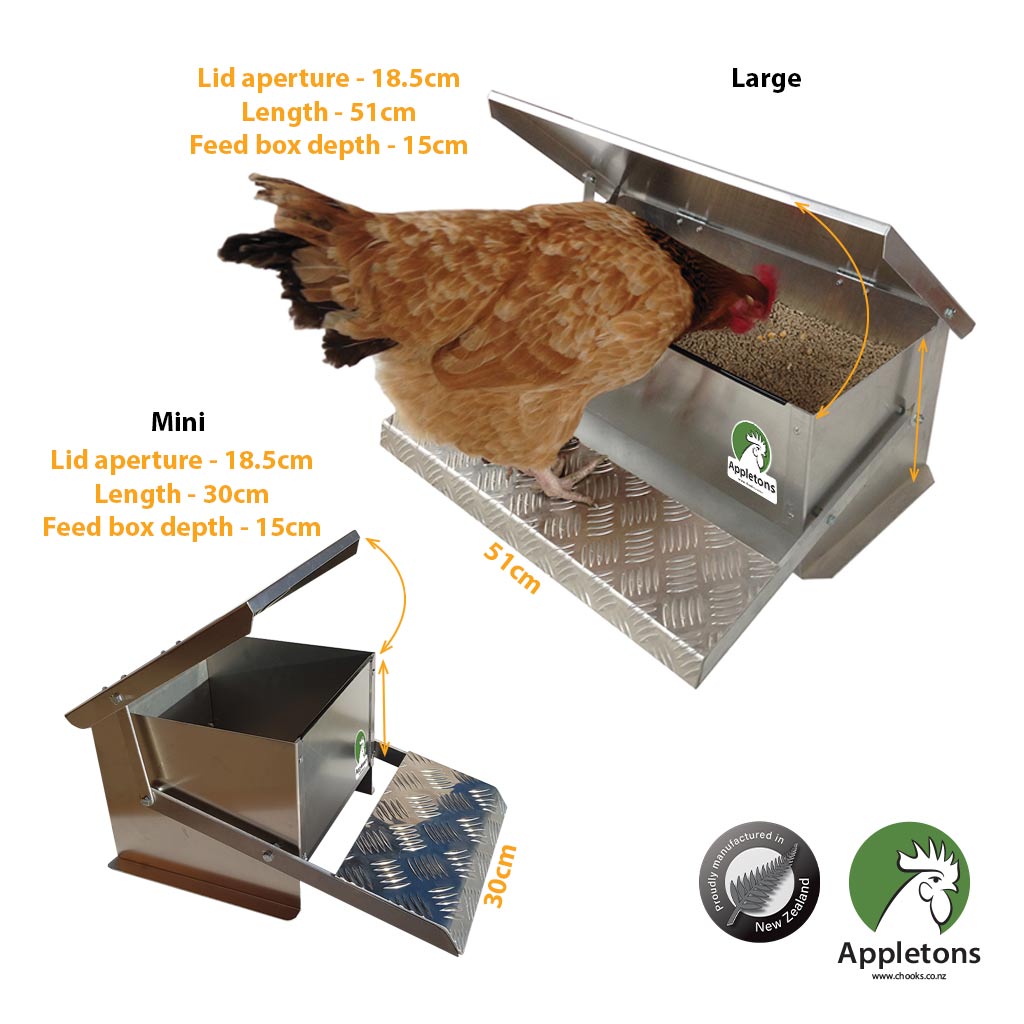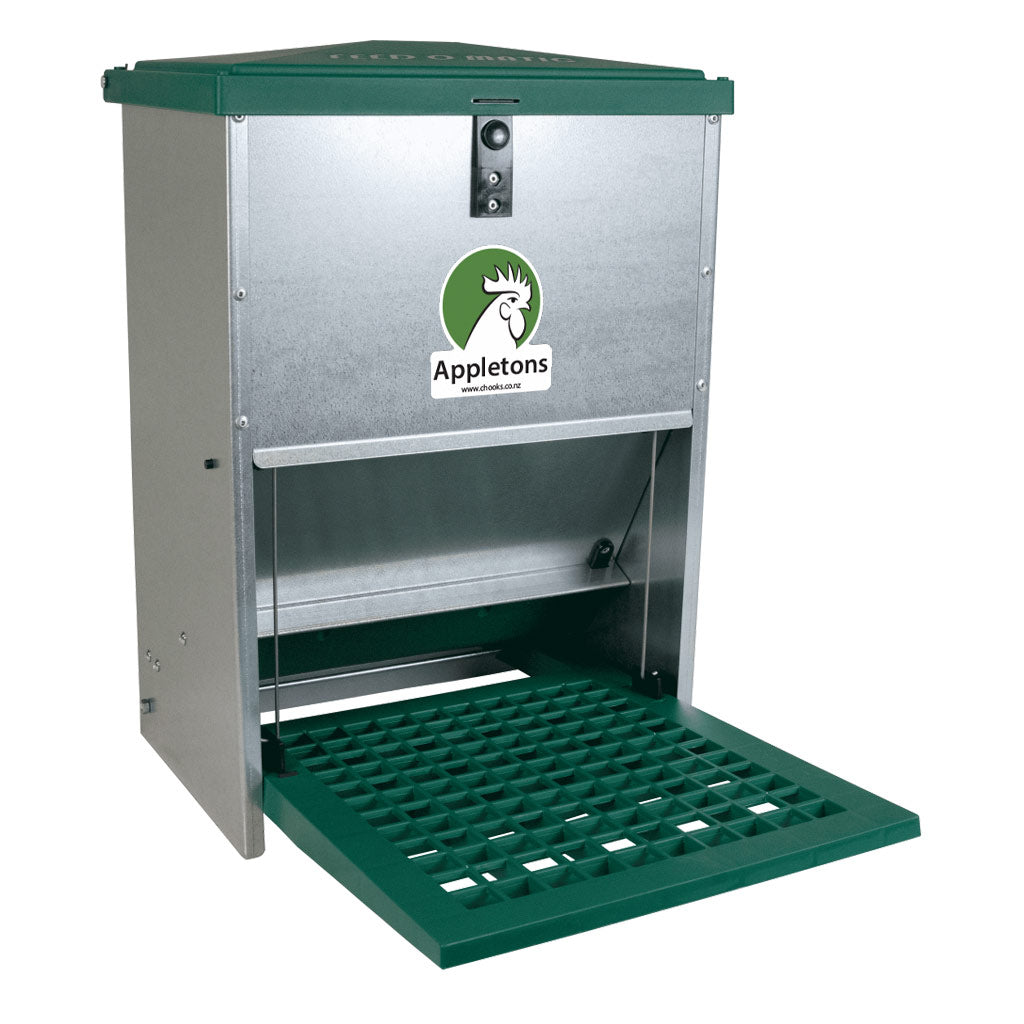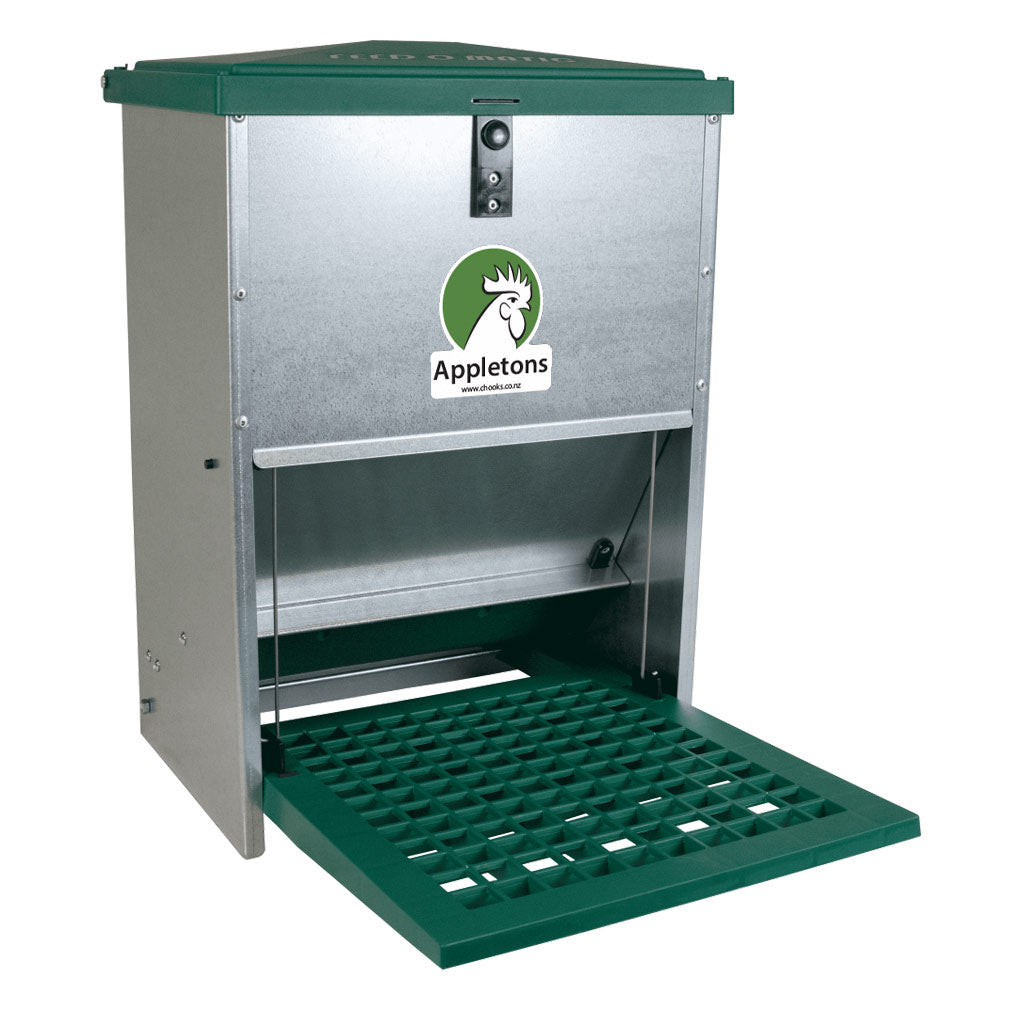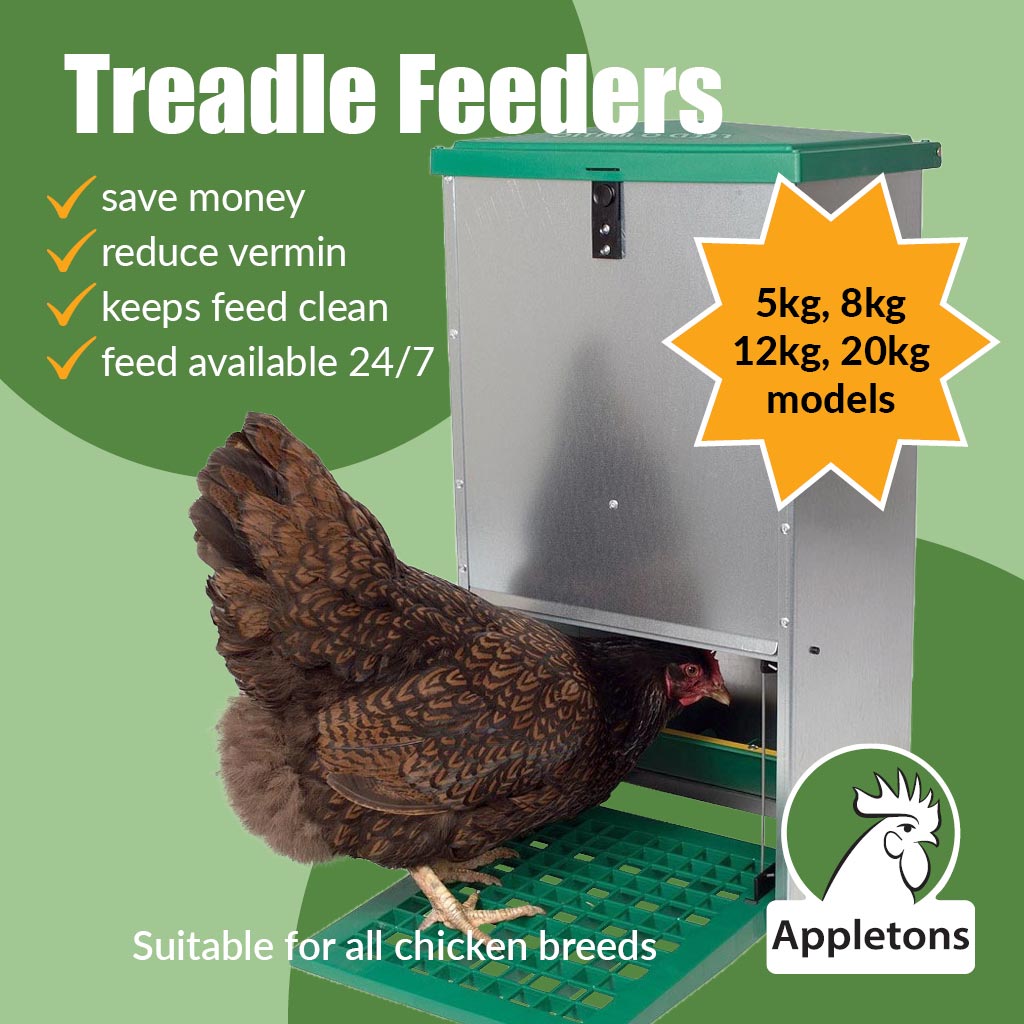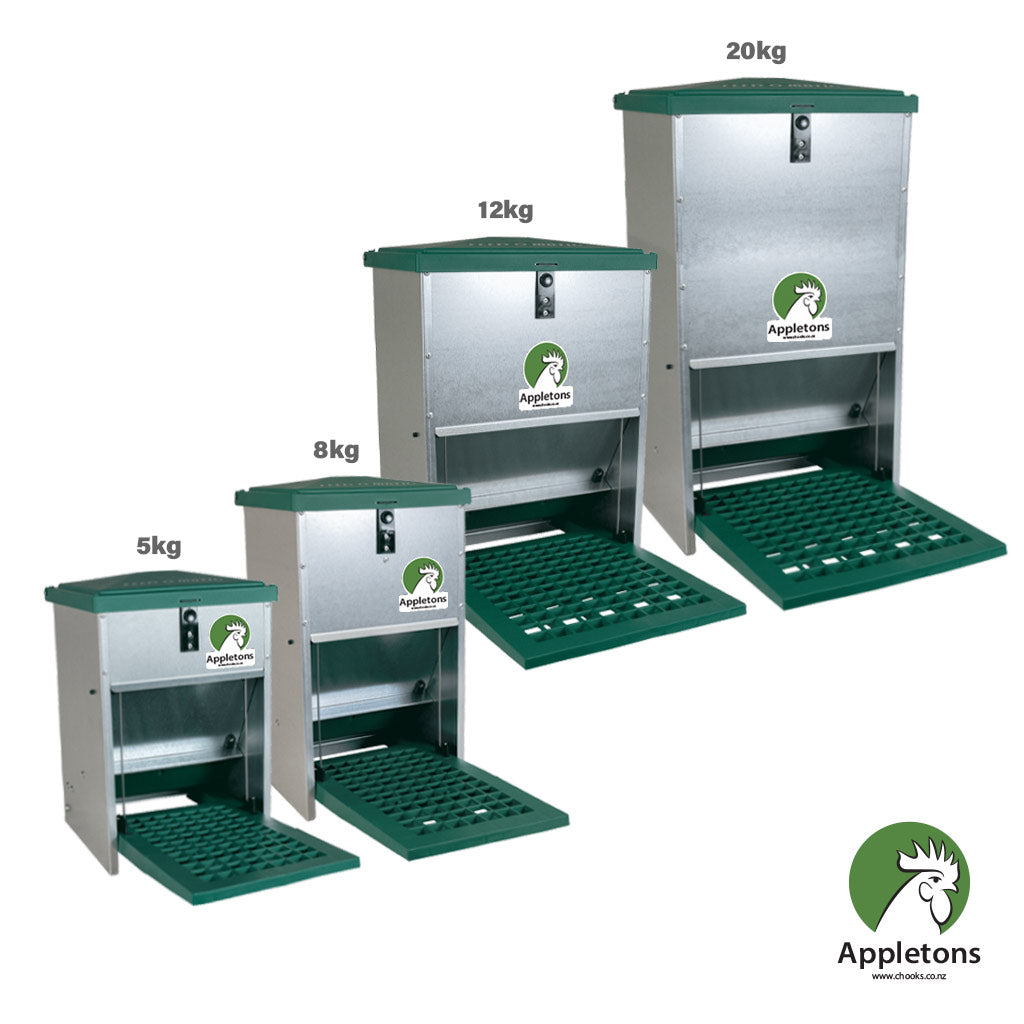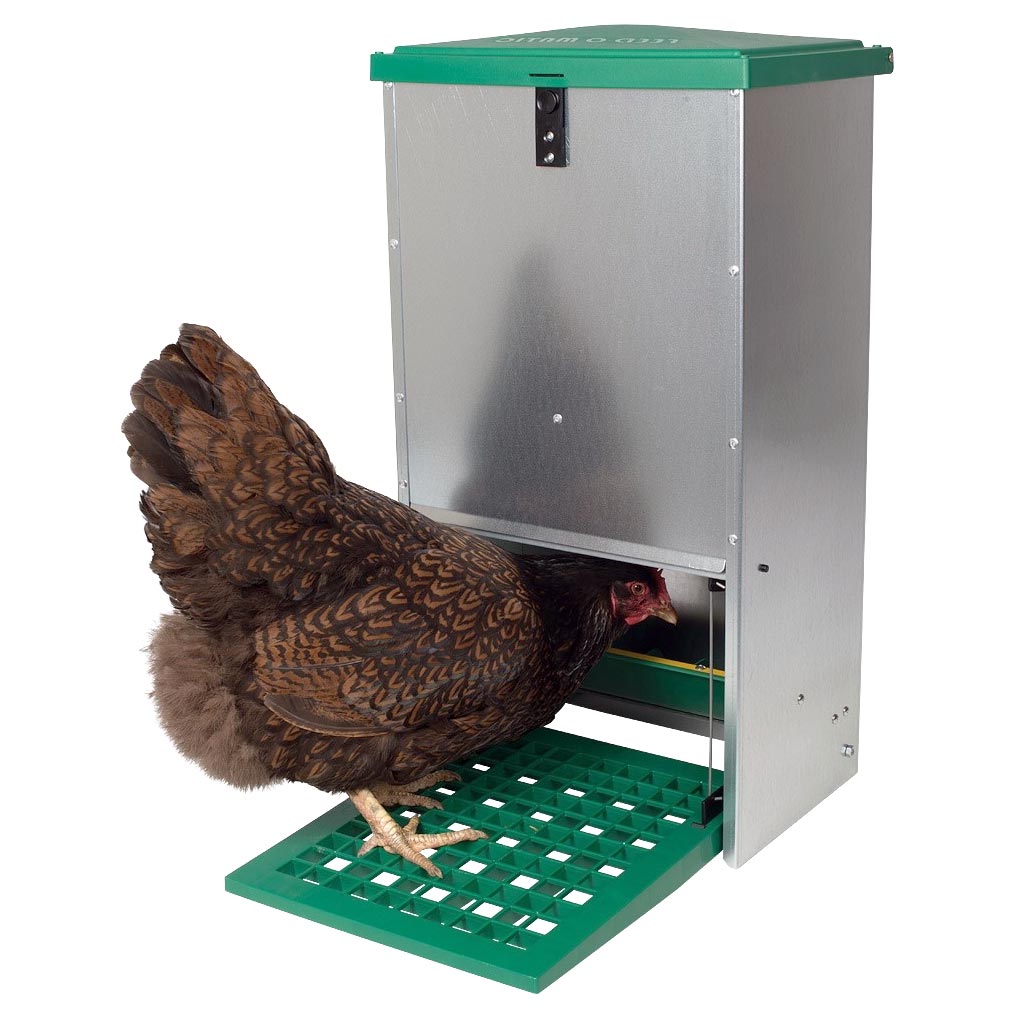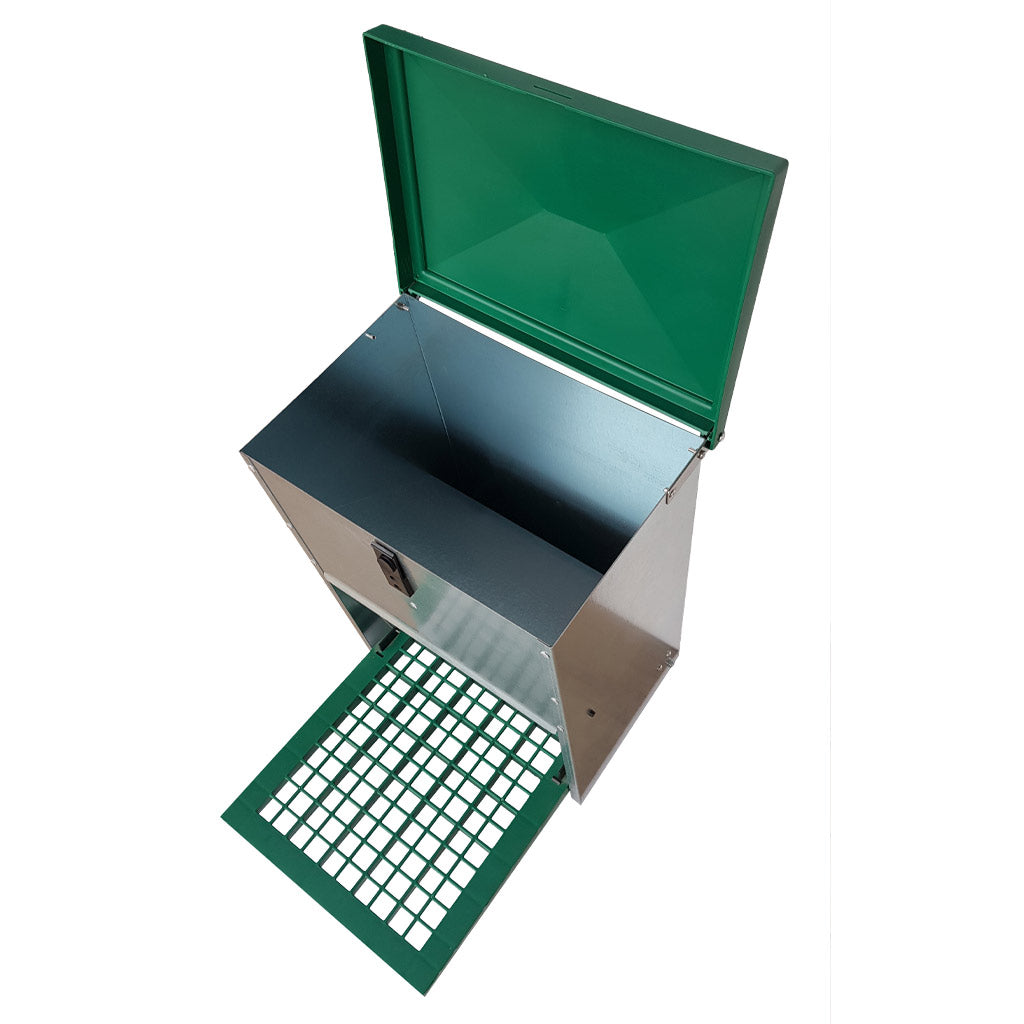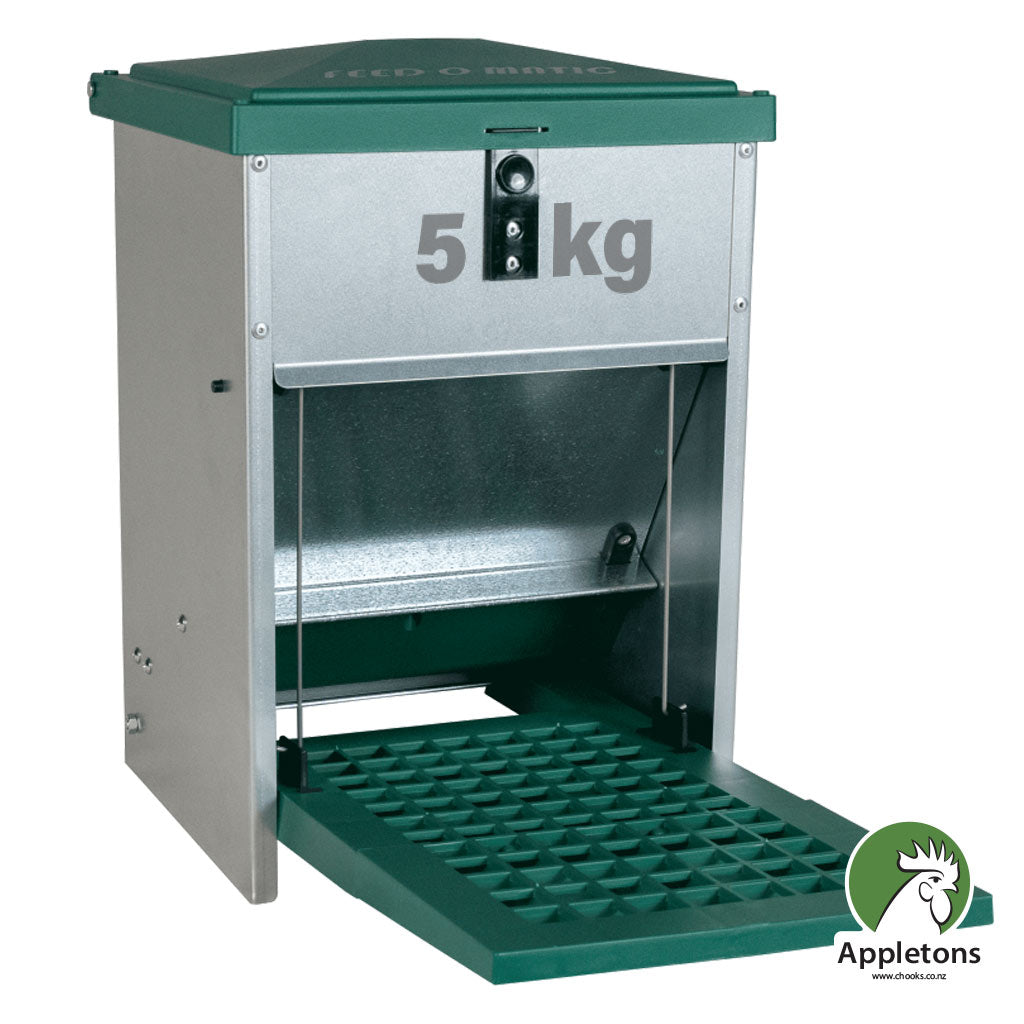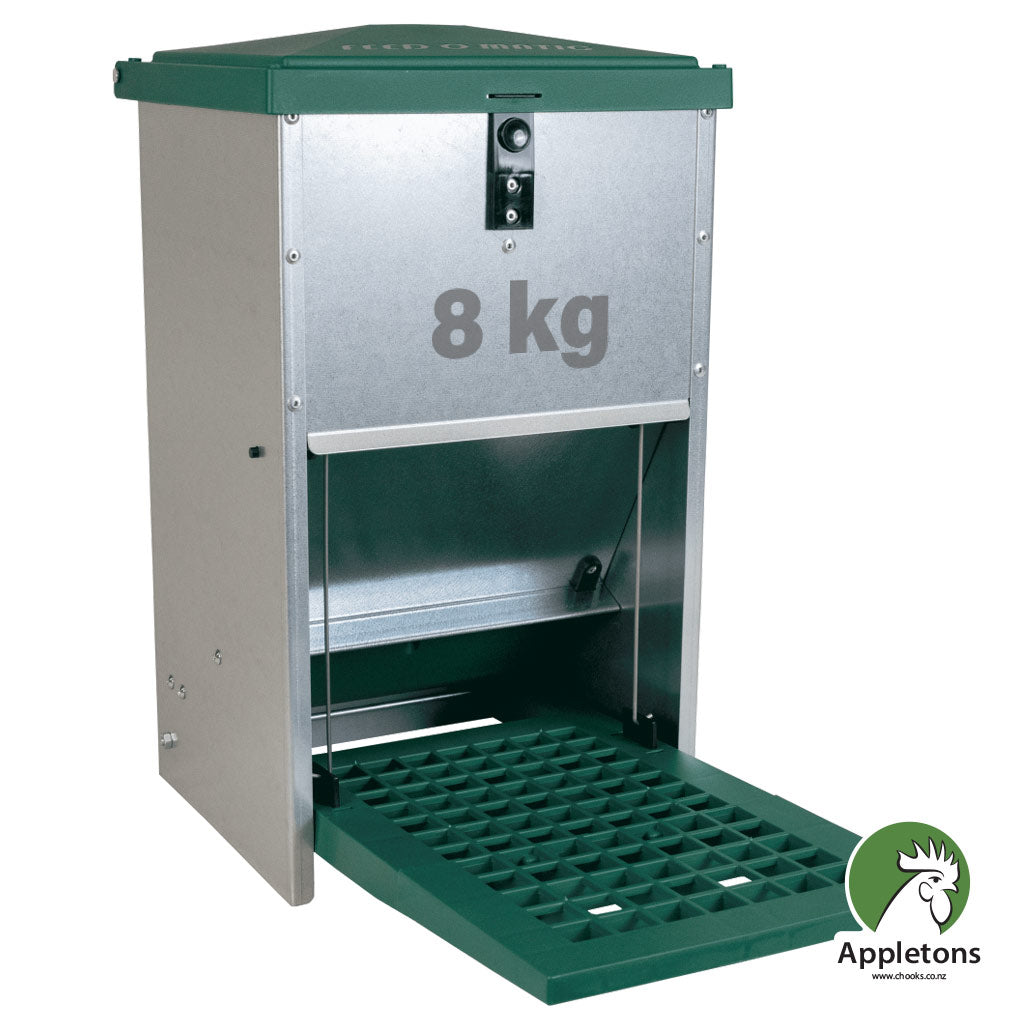Why You Should Buy the Best Layer Feed You Can For Your Hens
Refreshed 28th January 2025, First published Sunday, 9th October 2022



Question: What is the best layer feed?
A quality, complete, layer pellet - containing animal proteins - fed out ad-lib all year round.
- Quality: You are looking for superior grade ingredients. There are some key ingredients to watch for. Naturally occurring animal based proteins rather than synthetically manufactured ones. Avoid palm kern meal, sugary binders (molasses) and cheap fillers like copra and canola.
- Complete: The feed needs to be nutritionally balanced to meet all the nutritional demands of your hen. A complete feed contains sufficient energy, protein and amino acids, as well as vitamins, minerals and trace elements to supply the hen’s daily nutrient requirements. Other feed sources such as vegetable scraps, grains, pasture or hay may be fed, but only in small amounts as this can reduce production.
- Layer: You are feeding laying hens so the feed needs to be suitable for birds that are producing eggs. Do not feed out chick crumble or grower pellets to birds that are laying as it does not meet the nutritional needs of your hen.
- Pellet: Chicken feed is either sold as a mash or in the pellet form. Fortunately most chicken feed available these days is pelletized. This makes it much easier for your birds to consume. Each pellet is one single peck. There is little or no wastage with pellets. Mash fed out dry is very wasteful as chickens often peck out the bits they like and pass over the rest. Pellets is the way to go!
- Animal protein: Look for blood, meat and bone meal or animal proteins/ruminent proteins. Avoid synthetically manufactured proteins. You want the crude protein percentage in the feed to be around 17 to 18%. The minimum for laying hens is 16%. 16% is just enough for them to be in good enough condition to lay. If you are wanting the best production from your flock feed them more than the minimum and they will reward you with less health issues, fewer feather pecking issues and lots more eggs. The commercial hens are feed a commercial grade feed that contains 18.5% protein - because they want top production from their hens. More eggs means more money for the big egg businesses.
- Ad-lib: Chickens are foragers. They eat little and often throughout the day. Having feed on demand in an automatic chicken feeder (vermin proof) will reduce stress caused by hierarchy and result in better egg production and more content hens.
- All year: It is best to feed the same feed all year round. Not only are hens creatures of routine and habit, they also do significantly better on the same quality feed fed out all day every day. If you swap brands around you mess with their nutritional intake. This will ultimately cause a drop in egg production and can even start nasty habits like egg eating and feather pecking. Hens especially need plenty of protein when moulting as well as when they are laying. Proteins are key building blocks for feathers, eggs and maintaining good body health.
When looking to purchase feed take time to read the label and see what the ingredients are in your bag of feed. Also look at the analysis or breakdown of proteins to fats to salt to fibre. This is very important information that will assist you in working out if the bag of feed you are purchasing is going be the best one for your hens.
Not All Chicken Feed is the Same!
Check out our layer feed comparison chart below.
Swipe to the right on mobile for more product information or jump on your desktop for an easier comparison.
| Product | Weston Free Range or Peak Layer Pellets | NRM Peck'n'Lay Pellets | Farmlands Reliance Free Range Layer Pellets | NRM Chook Tucker | Mainfeeds Barnyard Layer Pellets | Coprice Premium Layer Feed | Topflite Scratch & Lay | Organic Certified Layer MBM Pellets Denver Meal Time |
|---|---|---|---|---|---|---|---|---|
| Ingredients | Wheat, Barley, Triticale, Wheat by-products, Soya Meal, Peas, Lupins, Meat & Bone Meal, Blood Meal, Lime, Tallow, Dicalcium Phosphate, Salt, Yolk Colouring, Vitamins, Minerals Contains ruminant proteins | Grain and grain by-products, plant proteins, vegetable oils, animal fats, enzymes, amino acids, limestone, mono or di-calcium phosphate, salt, sodium bicarbonate, vitamins and trace minerals, organic acids and plant extracts, natural pigments. | Selected from; Barley, canola, copra, Grassmeal, linseed, lysine, Maize, Methionine, Minerals (including Dicalcium and limestone), Oats, Peas, Salt, Sodium Bicarbonate, Soyabean Meal, Soya Oil, Threonine, Vitamins, Wheat, Wheat by-products, yolk colourant | Ingredients selected from: Grain and grain by-products, plant proteins, vegetable oils, animal fats, enzymes, amino acids, molasses, limestone, mono or di-calcium phosphate, salt, sodium bicarbonate, vitamins and trace minerals, mould inhibitor, pigments | Selected from grains, grain by-products animal proteins plant proteins, animal fats, vegetable oils, minerals, amino acids and a specialised vitamin / mineral premix. Vitamins, Wheat, Wheat by-products, Yolk colourant. | Ingredients selected from Cereal grains (wheat, barley, rice and/or sorghum), rice bran, wheat bran, ground oat meal, canola meal, palm kernel meal soybean meal, limestone, sodium Bentonite, canola oil, salt, CopRice Layer vitamin and mineral premix including essential amino acids. | Barley, canary seeds, wheat, oats, kibbled maize, kibbled green peas, poultry pellets (soya bean meal, peas, wheat by-products (broll) and vegetable oil), sunflower seeds, grit. Best fed out as a treat feed in small amounts in the late afternoon. | Selected from: Certified organic grain and grain by-products, organic plant proteins, organic animal protein MBM, organic vegetable oils, amino acids (limited to certification parameters), organic salt, natural minerals, natural yolk pigments, vitamins and trace minerals. |
| Nutritional Analysis | Crude Protein 17-18%, Fat 6%, Fibre 5%, Salt 2% | Crude Protein 16.5% Available Lysine 6.7g/kg (min) Calcium 3.8% | Crude Protein 16% Fat (minimum) 3.5% Fibre (maximum) 3.5% Salt (minimum) 0.2% | Crude Protein 15%
Calcium 3.8% | Crude Protein 16% Fat (Max.)5% Fibre (Max.)5.5% Salt (Max.) 0.4% Calcium (Min.) 4% | Crude Protein 16% Crude Fibre Max 8.0% Crude Fat Max 6.5% Calcium Min 3.5% Phosphorus Min 0.5% | Crude Protein 16.5% Fat: 3.8%, Fibre: 6.4%, Calcium: 1.6%, Reactive Lys mg/100mg: 0.75% | Crude Protein 18.5% as fed. May vary slightly due to grain variances. |
| Bag Size | 25kg | 20kg | 25kg | 25kg | 10kg and 20kg | 25kg | 5kg, 10kg and 25kg | 20kg |
| Feed Ration | 120-140 grams per head/day. | 125 – 130g (approximately one cup or a good handful) per hen per day | 130 to 140 grams per bird per day | approximately 1 cup (or a good handful) per hen per day. | Average intake up to 125g per bird per day | approximately 100g to 140g per head per day | approximately 150gm per bird per day | 130-175g of feed depending on age, breed and weight. |
| Product | Weston Free Range Layer or Peak Layer | NRM Peck'n'Lay | Reliance Layer Pellets | Chook Tucker | Barnyard Layer Pellets | Coprice Layer Pellets | Topflite Scratch & Lay | Organic Certified Layer MBM Pellets Denver Meal Time |
Blood, meat and bone meal (ruminant proteins) are what you need to look for. These are the quality proteins in their natural form and the ones you need to be feeding out.
These are synthetically manufactured protein mixes added to the feed to ensure your bird receives the key essential proteins it needs.
Avoid molasses binders,
cheap fillers and nasty palm kernel meal.
The optimum crude protein is 17-19%. This ensures they are getting everything they need plus enough to cope with moulting, top egg production and good overall body maintenance.
A Quick Lesson on Amino Acids
You may remember from science class that amino acids are the building blocks of proteins. They consist of about 20 different organic compounds that combine in chains to form complex proteins. These proteins, in turn, perform essential roles in living things. They form the cells of our bodies, transport materials to and from cells, help us move, protect us from disease, and determine the activity of our genes. Proteins and amino acids are essential to life itself. There are two kinds of amino acids: Non-essential amino acids are produced by the body and do not need to be part of the diet. Essential amino acids, however, cannot be made by the body and have to come from food. These amino acids include histidine, isoleucine, leucine, lysine, methionine, phenylalanine, threonine, tryptophan, and valine. Of the essential amino acids, lysine and methionine play a vital role in feather growth and egg production.
The bulk of the necessary amino acids in feeds come from the protein in the feed; however, a feed that does not contain naturally occurring proteins will need to contain these:
- Lysine: The amino acid lysine is vital for overall growth, optimal digestion and use
- Methionine: Methionine is necessary for the development of the digestive tract, overall growth, feather development, and immune system performance.


Look for Ruminant Proteins Avoid Synthetic Proteins
Synthetic methionine in commercial feed... Is it safe?
DL-methionine (the synthetic version) is so common in chicken feed that organic chicken producers are having a hard time finding a natural replacement.
Adding synthetic methionine is cheaper than adding natural protein. (animal based proteins) This is why modern chicken feedstuffs rely on it. In other words, it's purely about industrial scale production. When it comes to feeding the home flock, or for that matter feeding our children, we must either trust that science is on top of these questions, or, looking at the increasing prevalence of modern mystery syndromes, suspect that we've been playing a long-term guessing game.
All the more reason to go back to the dual purpose heritage breeds and aim for a more natural diet. After all, wild chickens don't base their entire diet on a couple of staples like wheat and soy. And in the 'olden days' (pre-1950s) chickens got by quite well on non-synthetic diets because they included milk and milk by products as well as other animal based proteins that contain natural methionine.
What are the environmental concerns of synthetic methionine?
Synthetic methionine is a vital component in modern agriculture, produced industrially for use in animal feed, particularly for poultry, pigs, and fish farming. It effectively supplements methionine, an essential amino acid that is frequently deficient in natural feed ingredients, ensuring adequate dietary protein for livestock.
However, it is essential to recognize the environmental challenges associated with its production. The manufacturing process generates hazardous by-products, including sulfur compounds, cyanide intermediates, and acidic or sulfurous wastewater, which pose risks of contaminating our waterways. Moreover, air pollution from volatile organic compounds (VOCs) is significant, accounting for at least 10% of global CO2 emissions, making it a major contributor to greenhouse gas effects. Addressing these issues is crucial for sustainable agriculture and environmental stewardship of our planet. Buy feed that contains naturally occurring animal proteins.
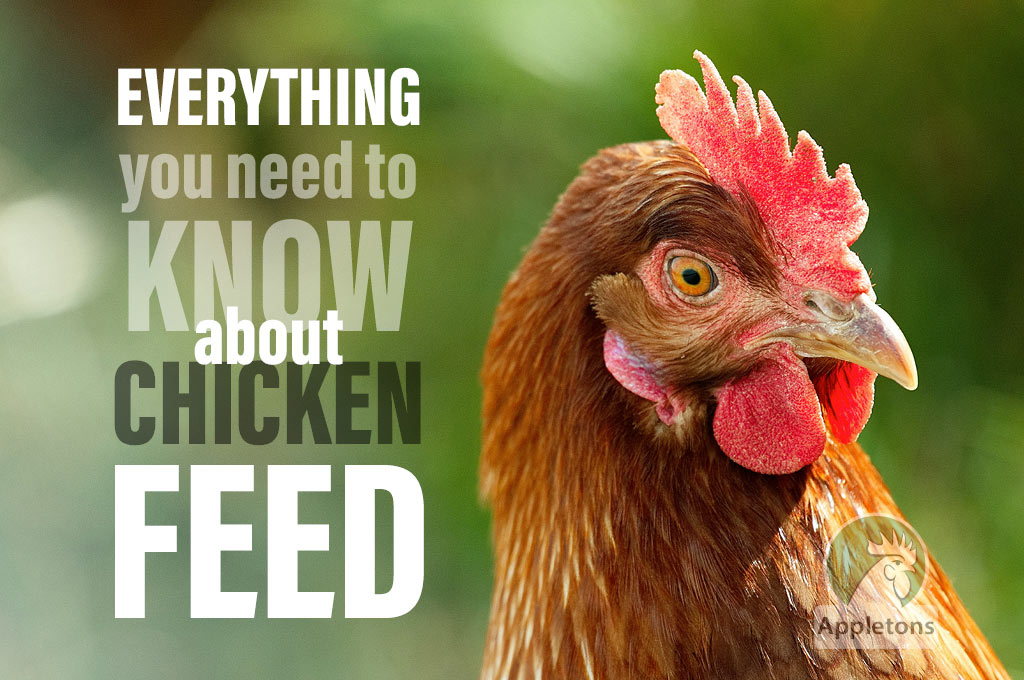
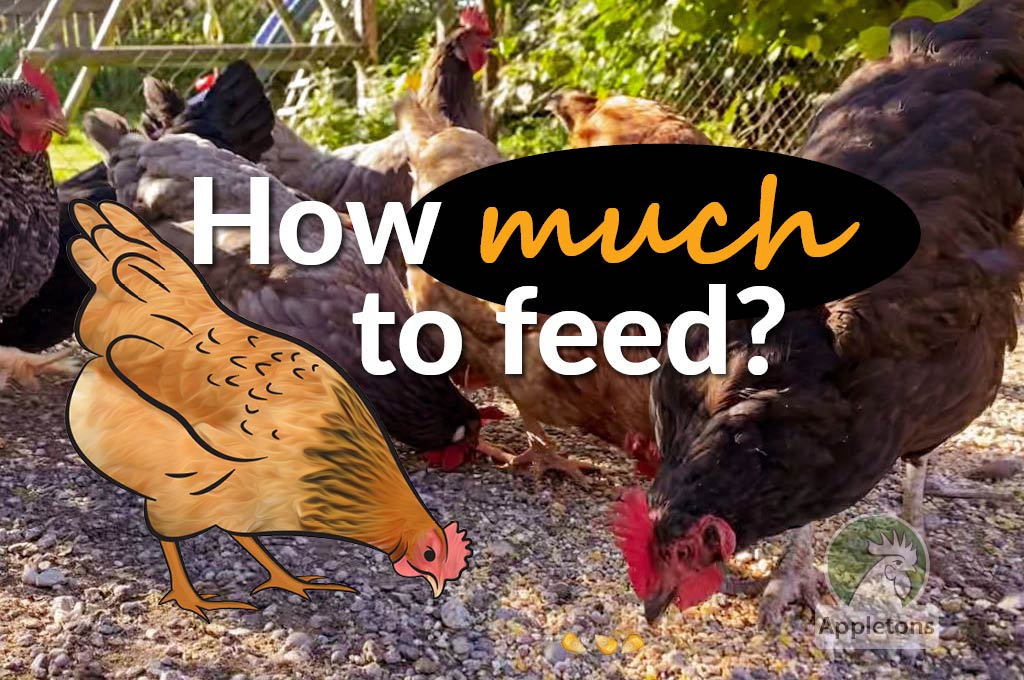
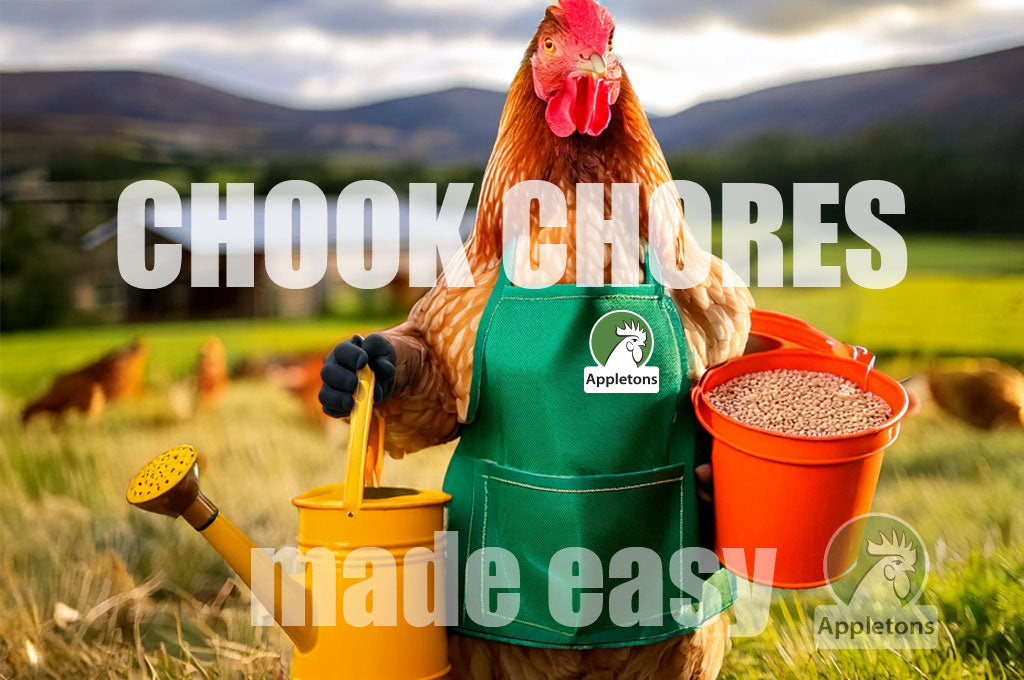
Swipe for more
6 Things to Remember About Chicken Feed
- Buy feed containing ruminant protein: meat & bone meal. The crude protein percentage needs to be 17-19% for best production.
- Stick with the best feed. When you are feeding out quality feed do not opt for the occasional cheap bag. This will affect your hens laying.
- Feed out on demand. Invest in an automatic feeder. It saves time and money and keeps feed clean and increased egg production.
- Keep your feed fresh. Only buy as much as you can feed out in 3 months.
- Give your hens access to free range. They love to forage and the greens and bugs will benefit and boost your egg numbers and make the yolks golden yellow.
- Only feed out treats and scraps in the late afternoon (as much as they can eat in 10 minutes)
Have layer feed available all day for your hens in an automatic feeder
Hens are foragers and do best eating little and often throughout the day so feed on demand works best. Reduces feed wastage and saves money. Open feeders can lose up to 40% of feed to sparrows and other birds.
Shop now

Buy the best!
Weston Free Range Layer or Weston Peak Layer has the point of difference over most other brands as it is the only commercial poultry layer feed (here on the South Island) that contains quality ruminant proteins with a CP of 17-19%. We see the results in our poultry every day. If you are looking for an organic certified layer feed we highly recommend Denver's Meal Time Organic Certified Layer MBM Pellets 20kg.
Yes, we courier nationwide.
Please note all our feed bags of are sent out in large, heavy-duty plastic bags 😊 Please re-cycle these where you can ♻️


It is a false economy to think that buying cheap feed, or just feeding out kitchen scraps or grains or leaving your chooks to forage
will be sufficient to provide you with lots of lovely fresh protein-rich eggs. Feeding your chooks a quality, nutritionally balanced poultry feed all year round
is essential so they can be well feathered, top producing layers!
Swipe for more









